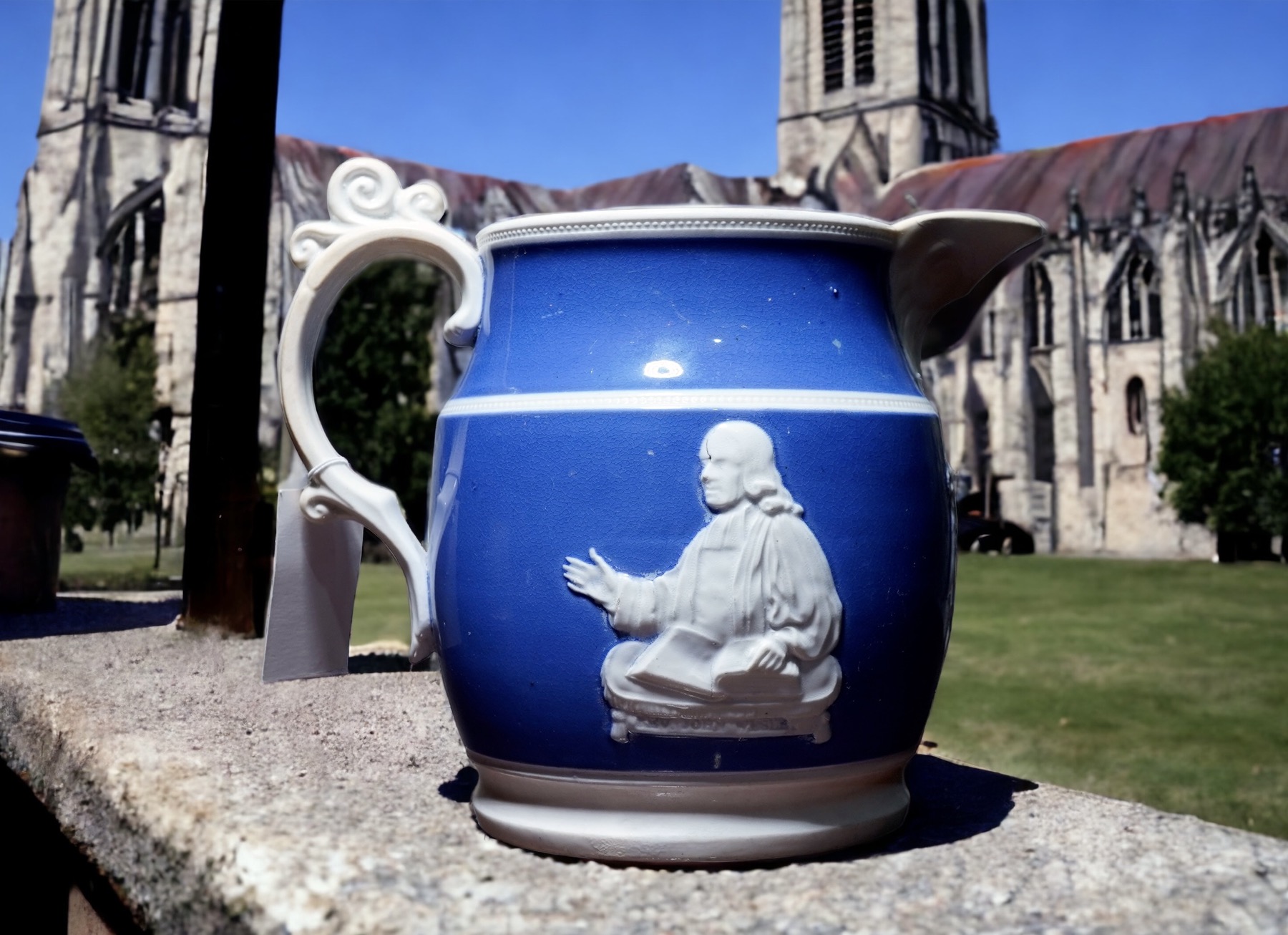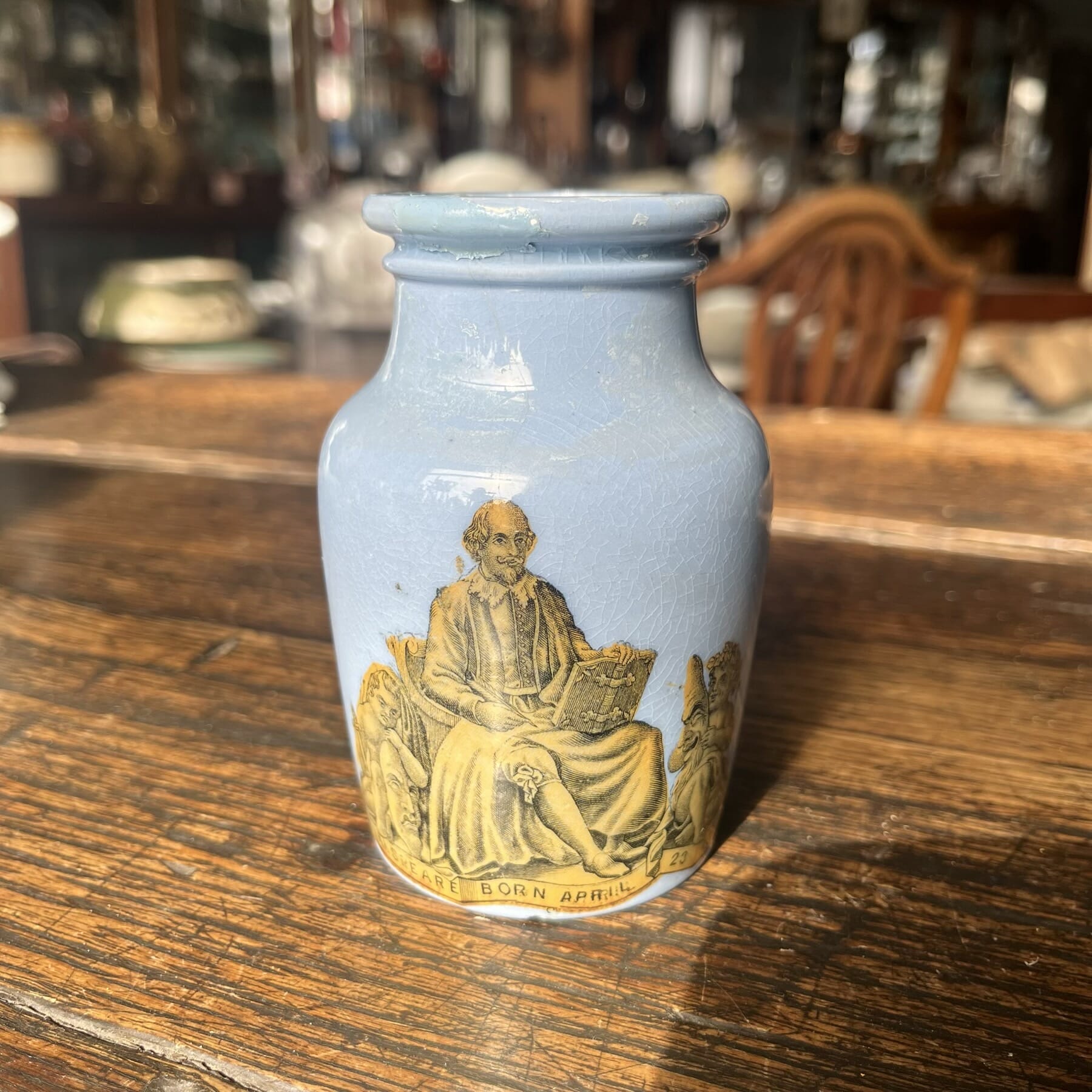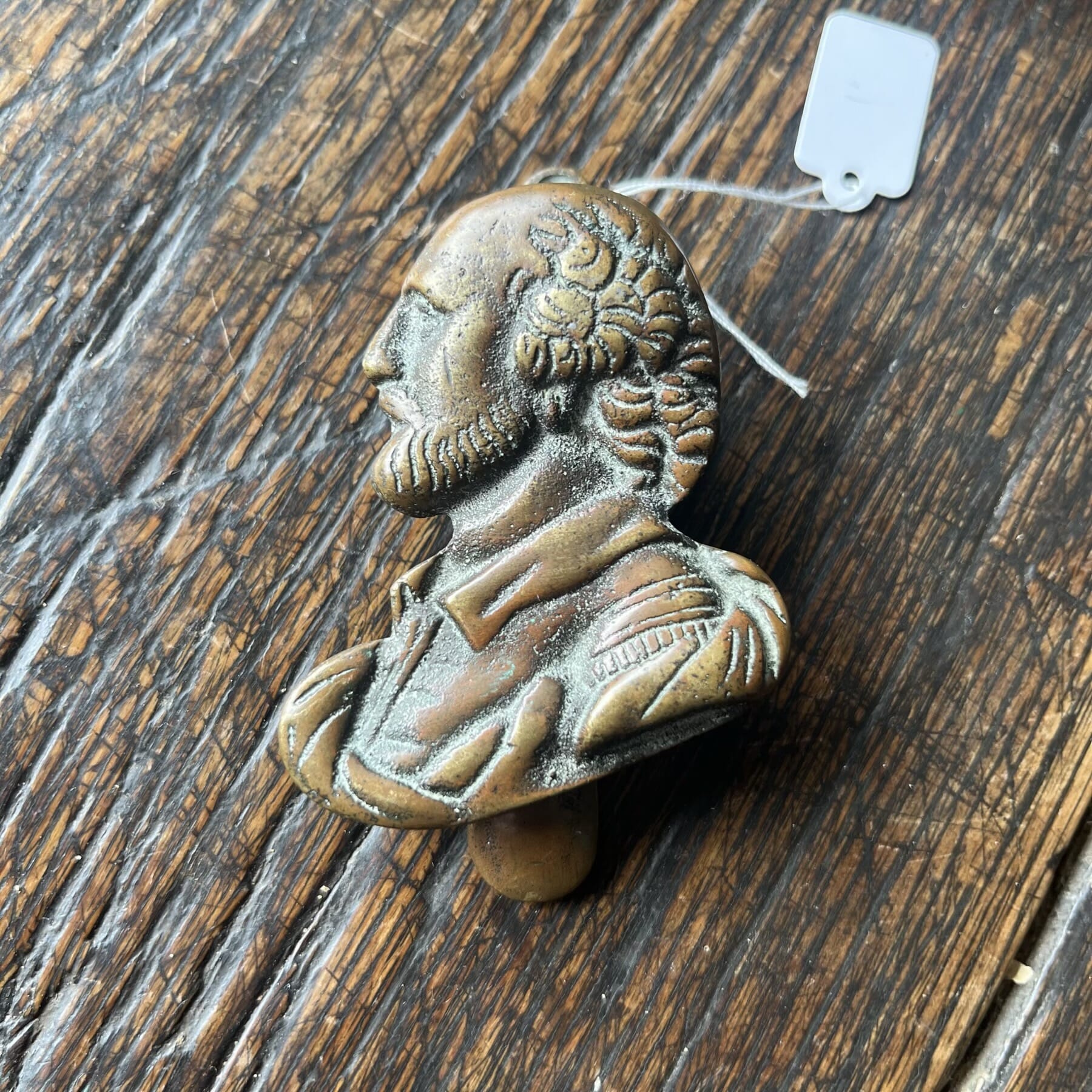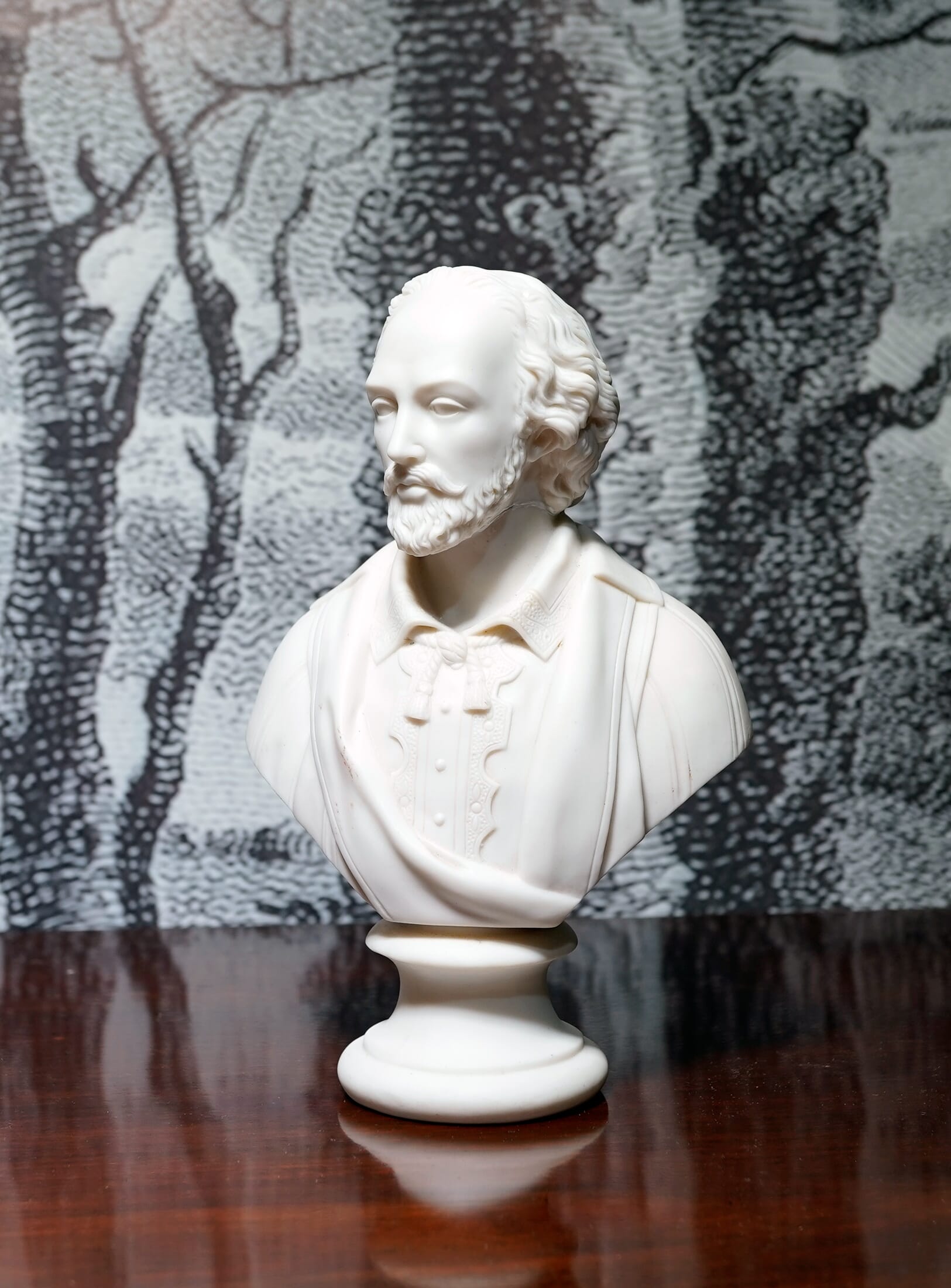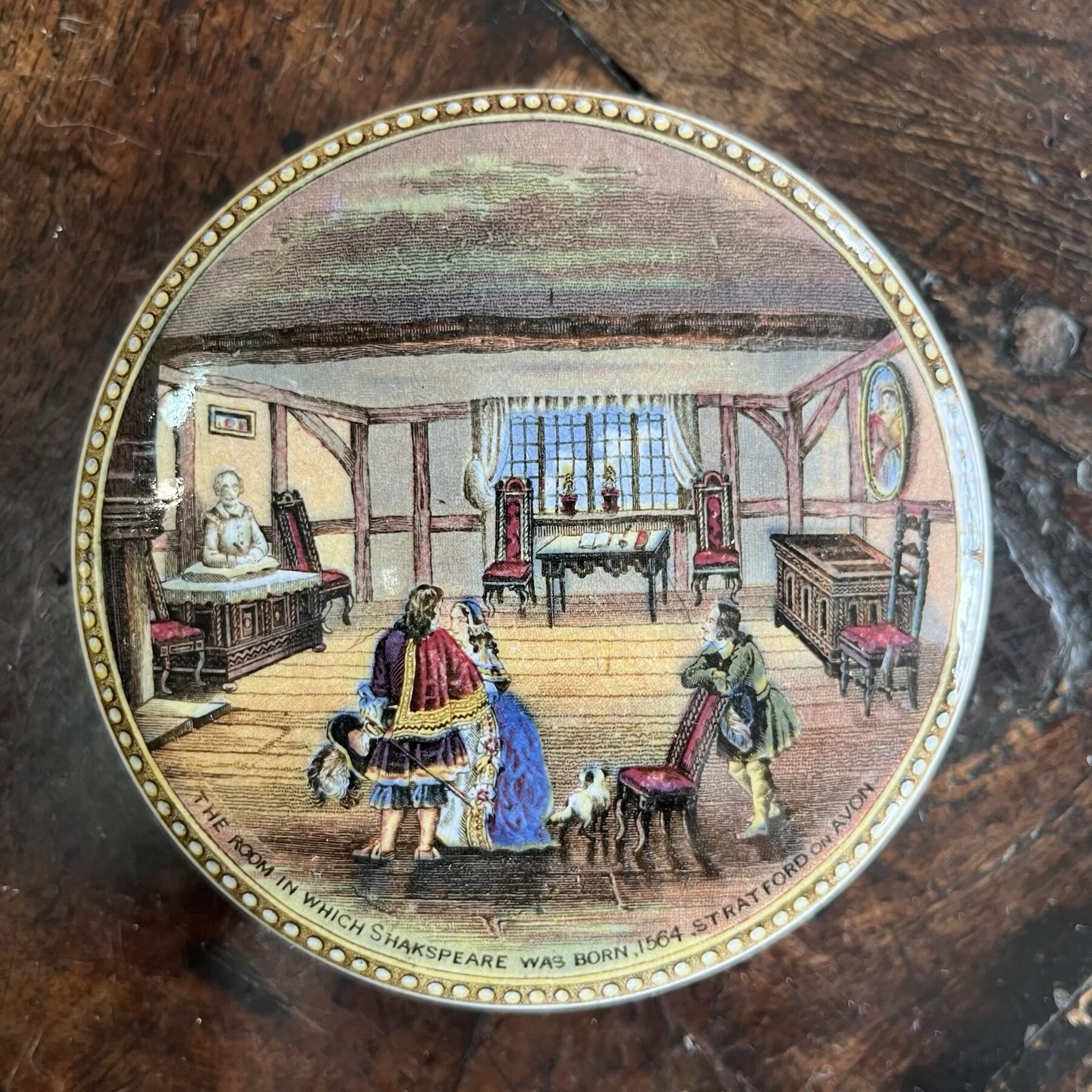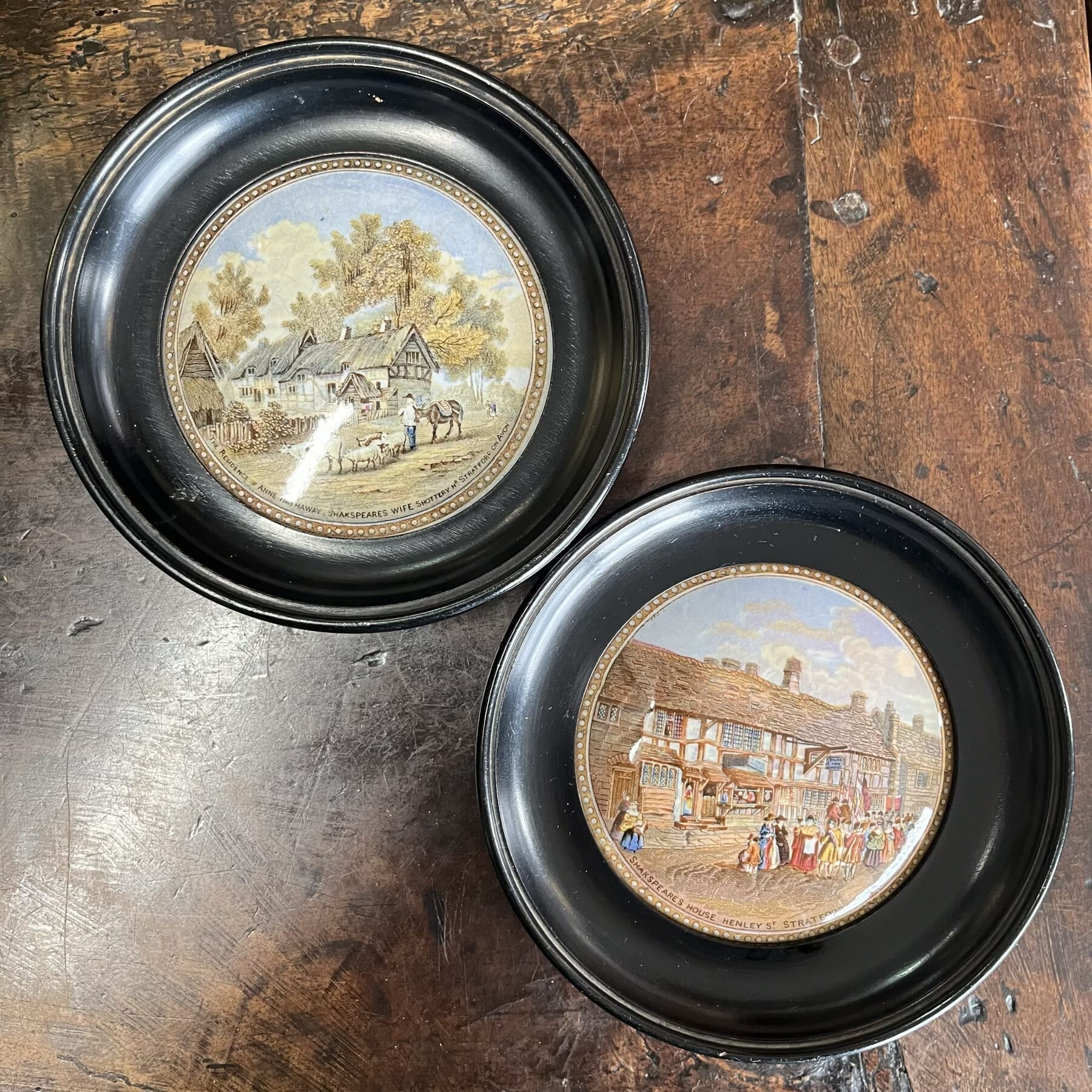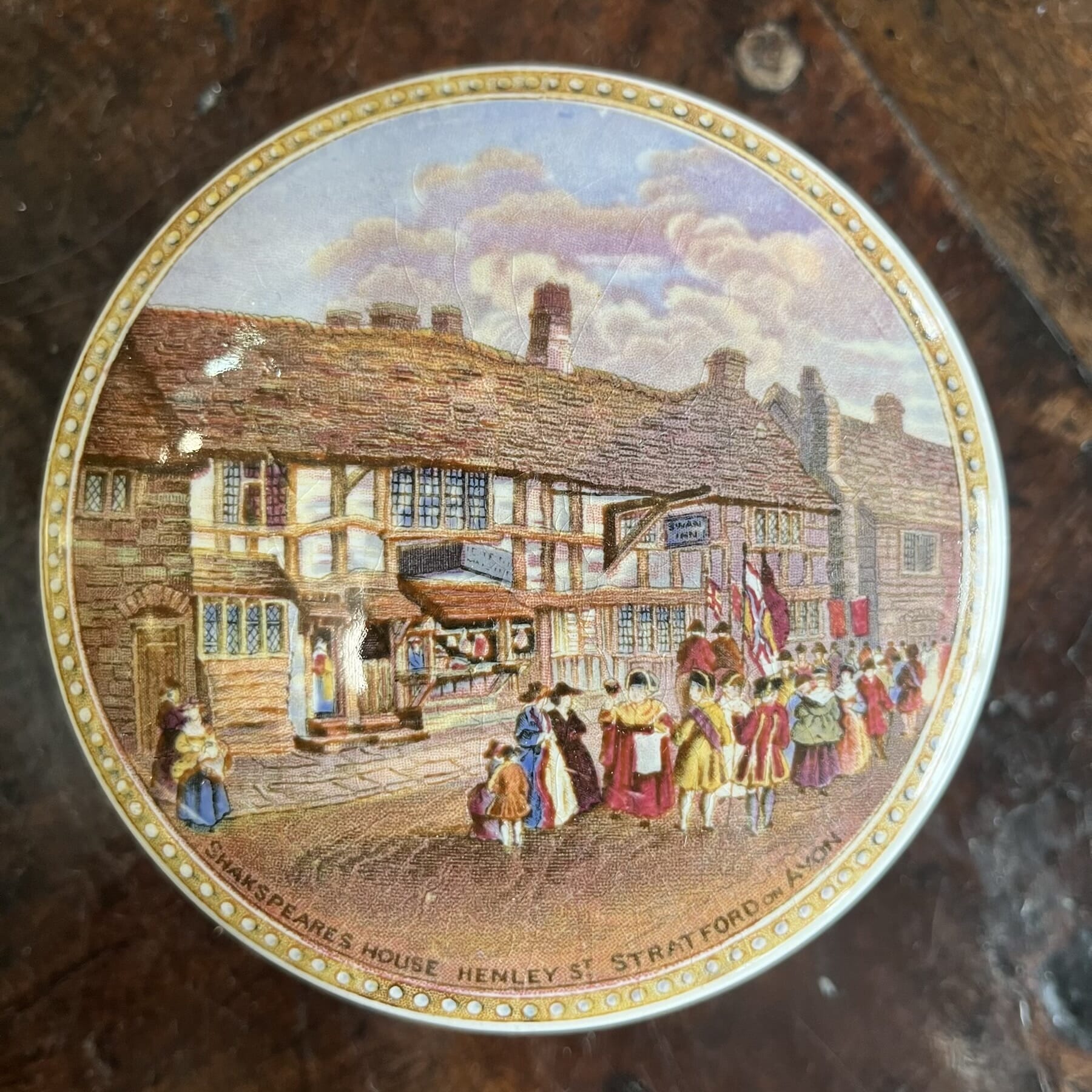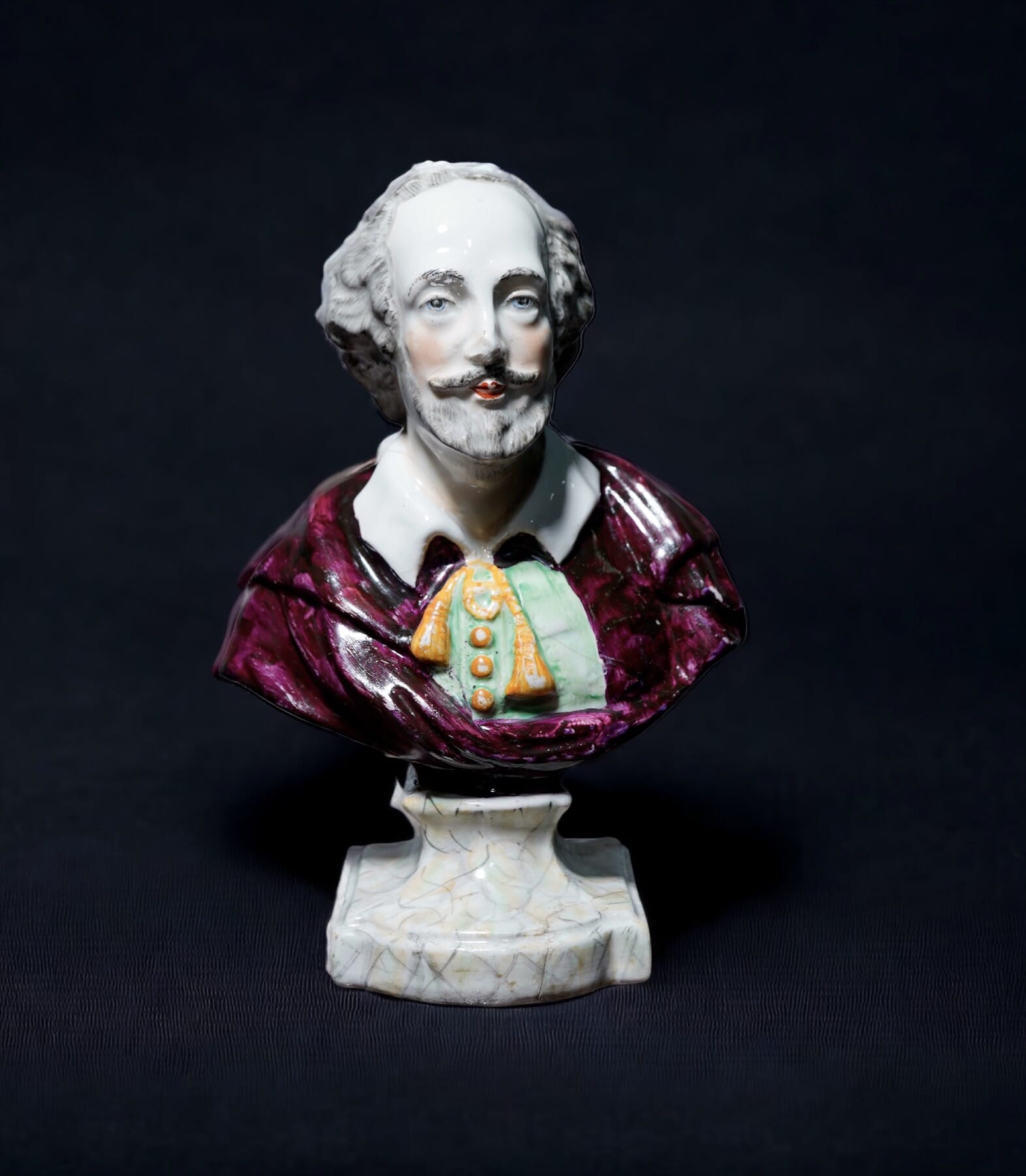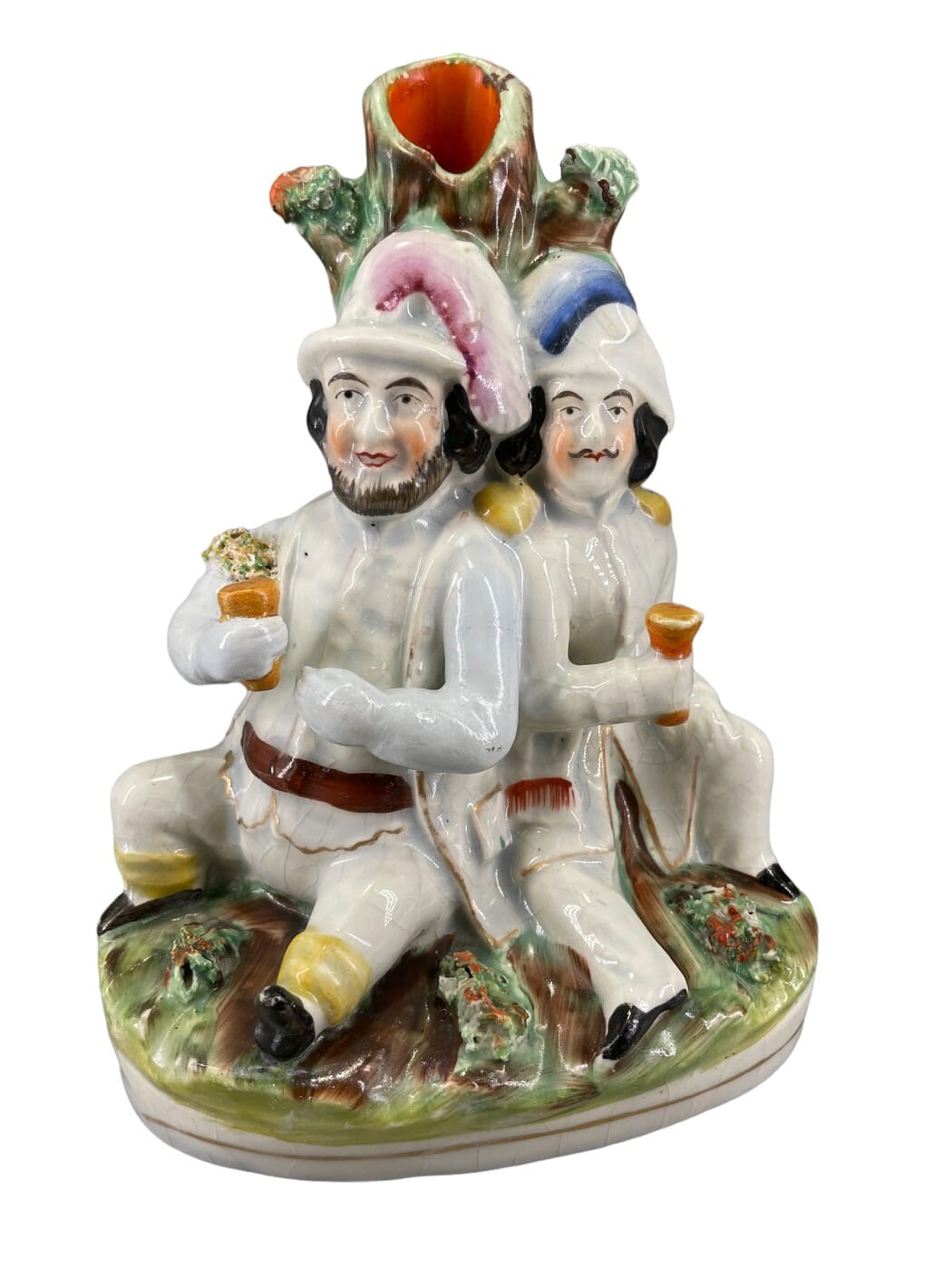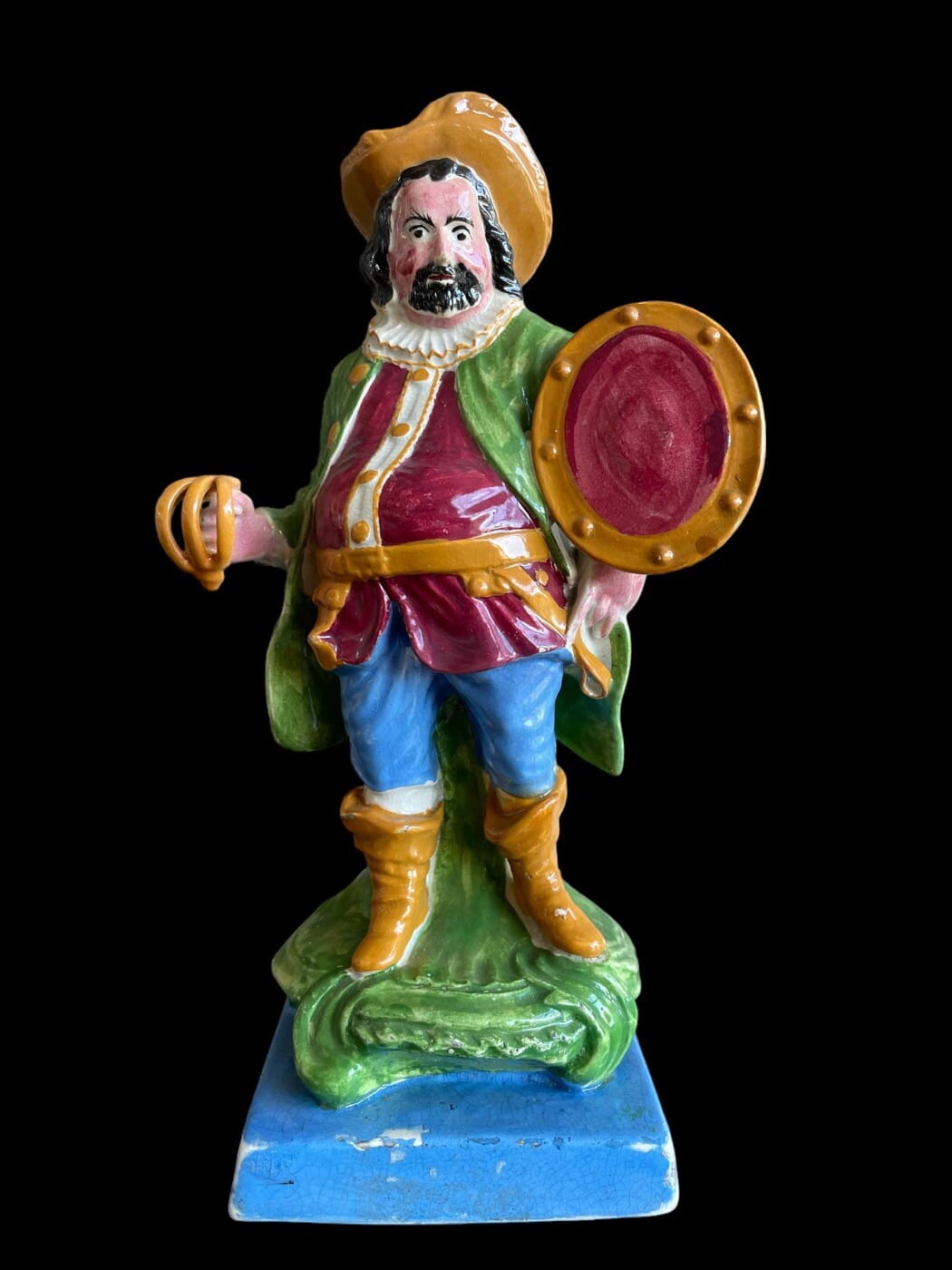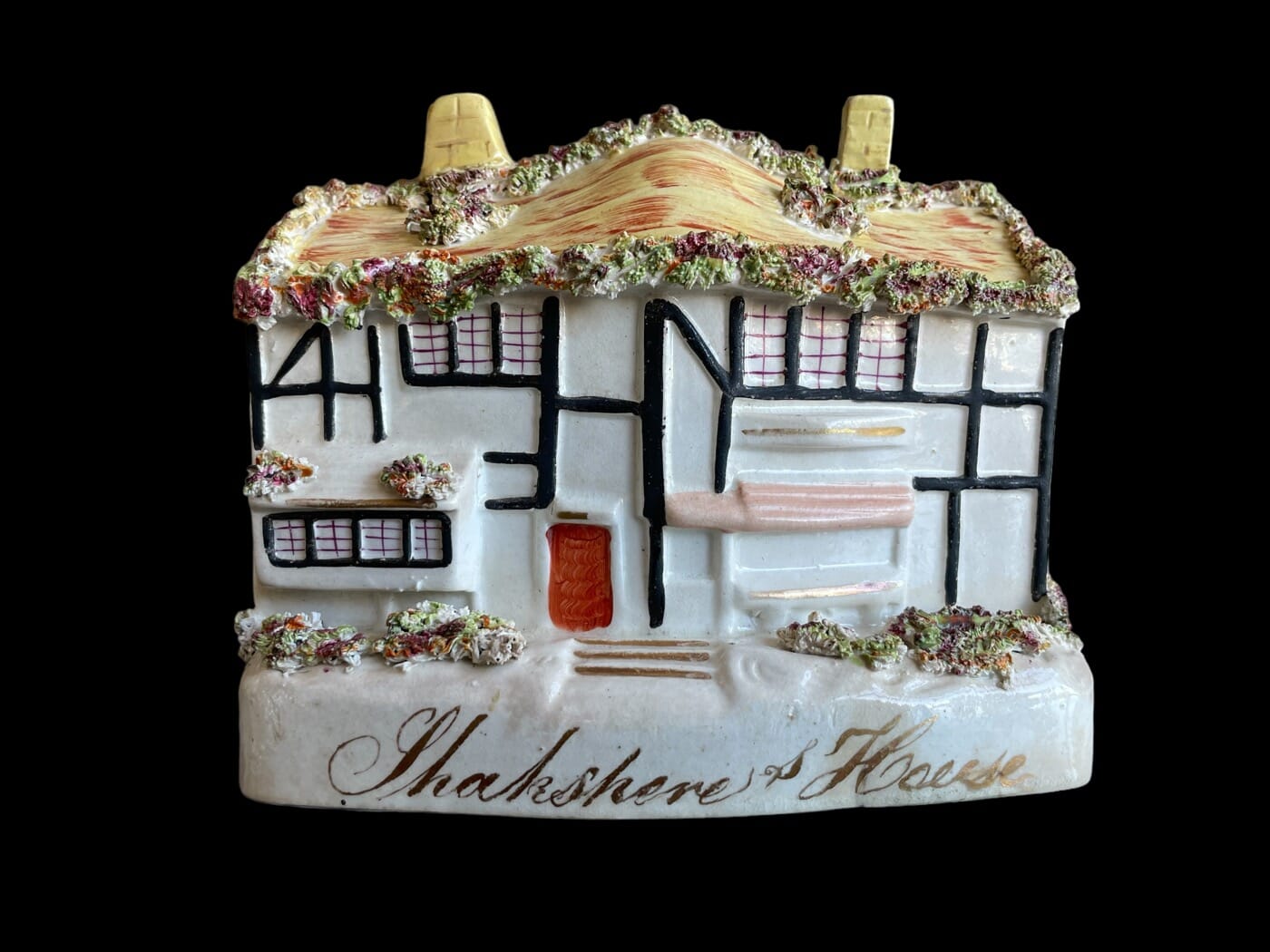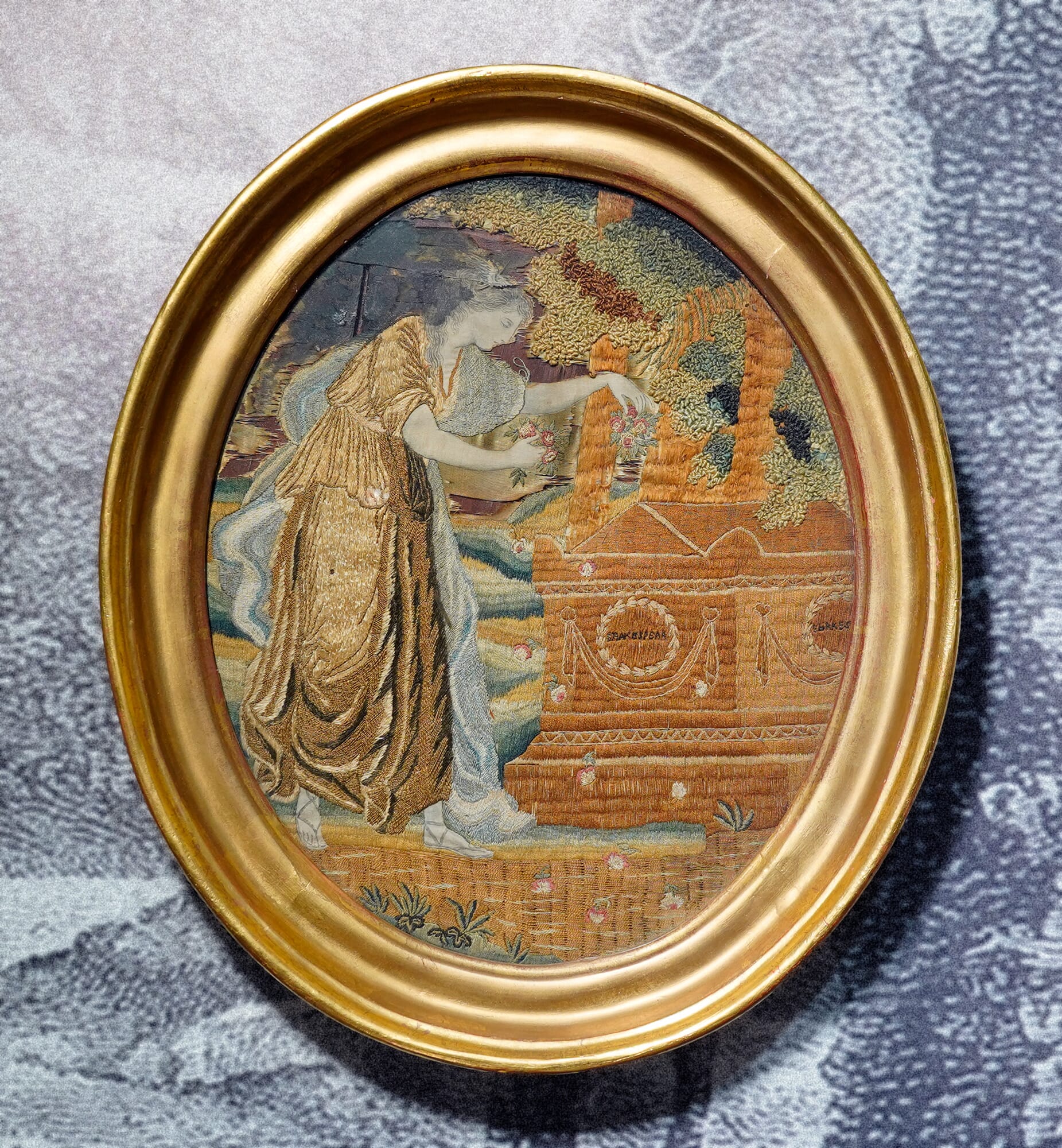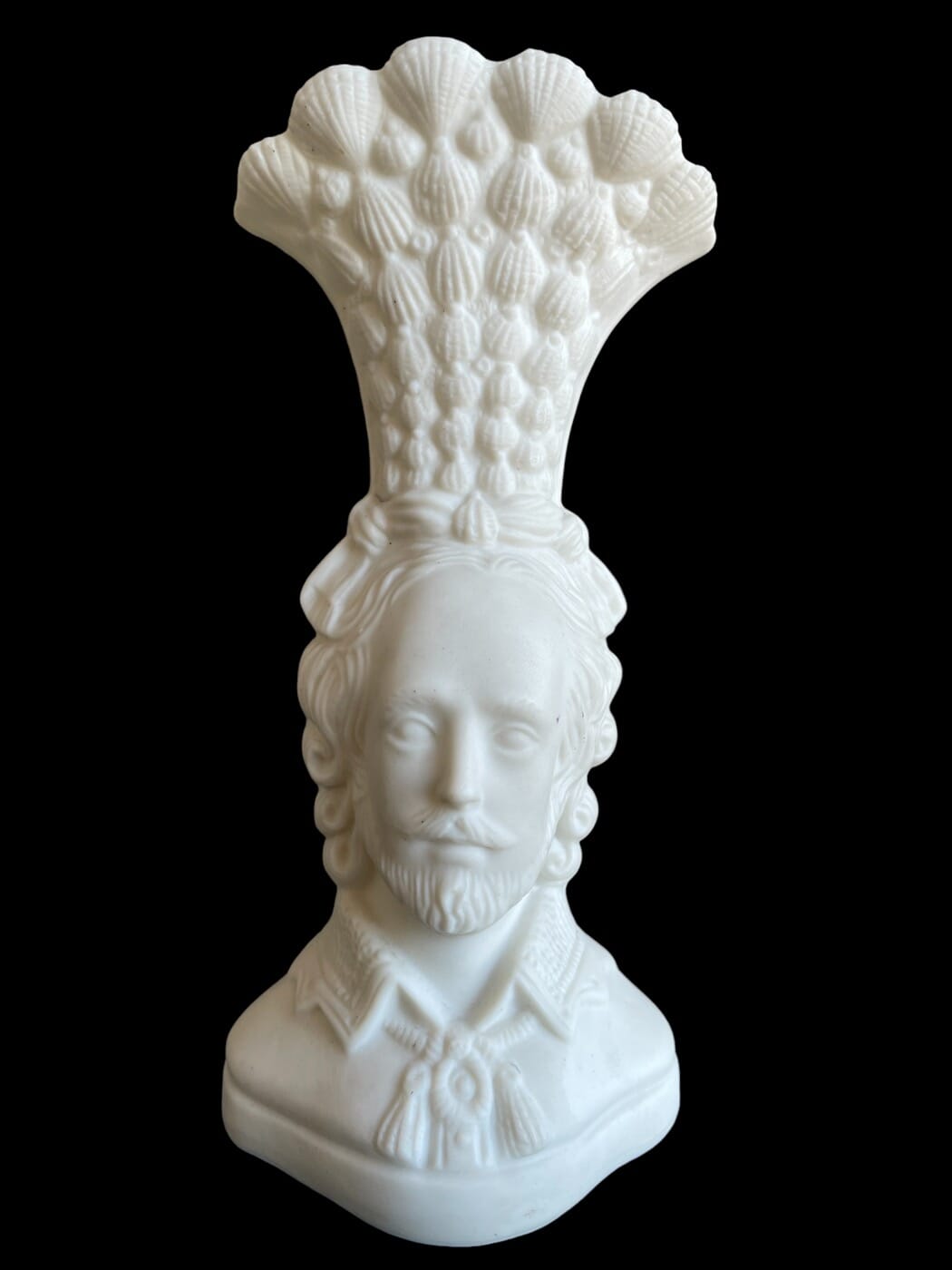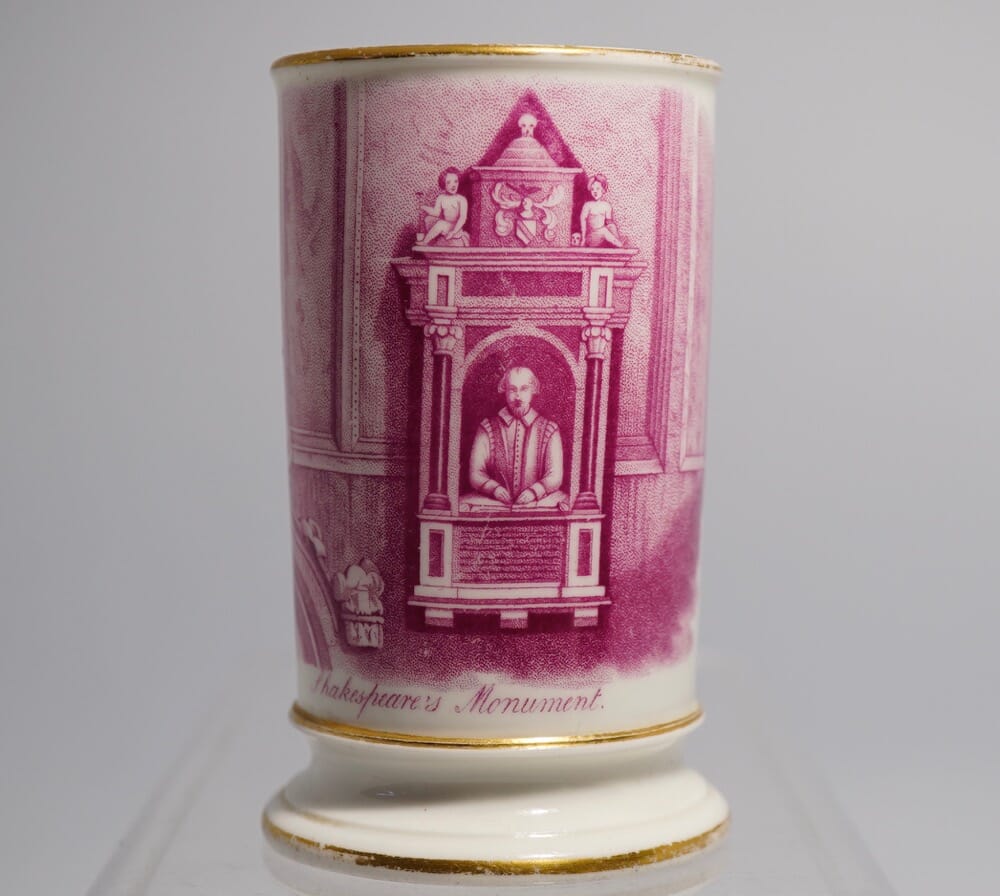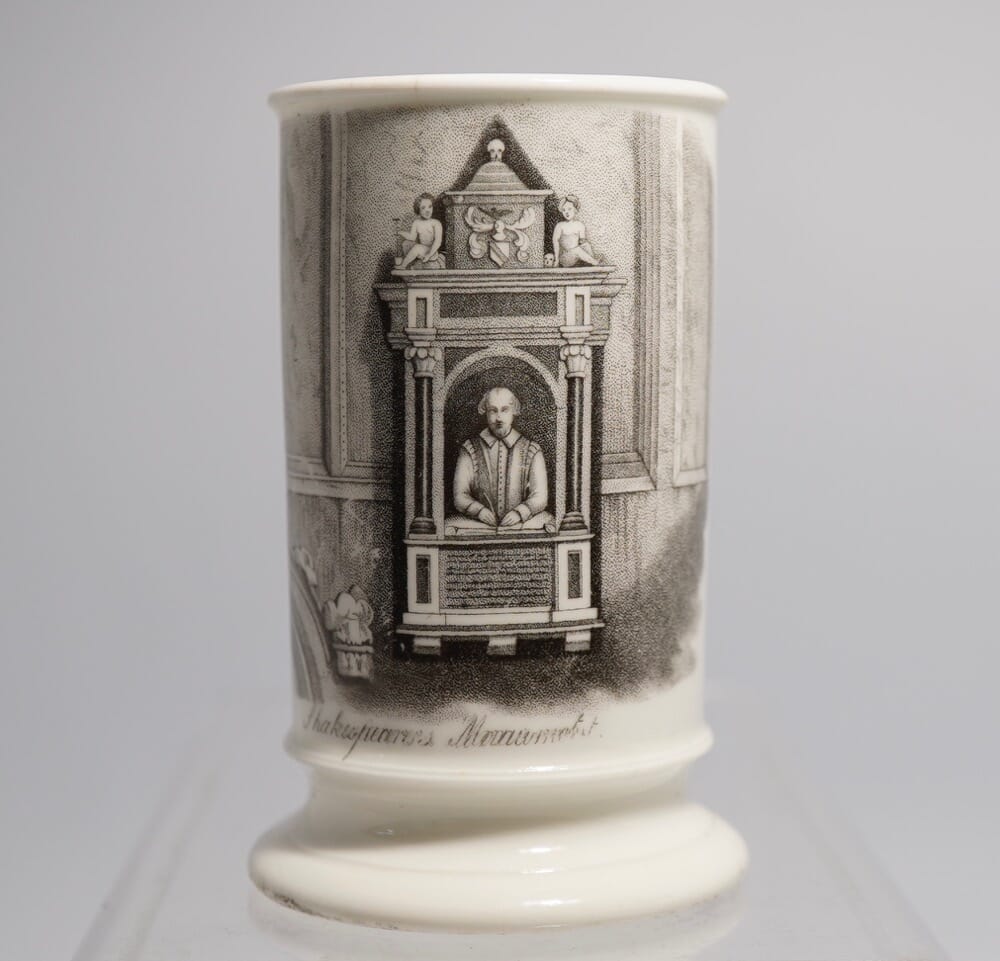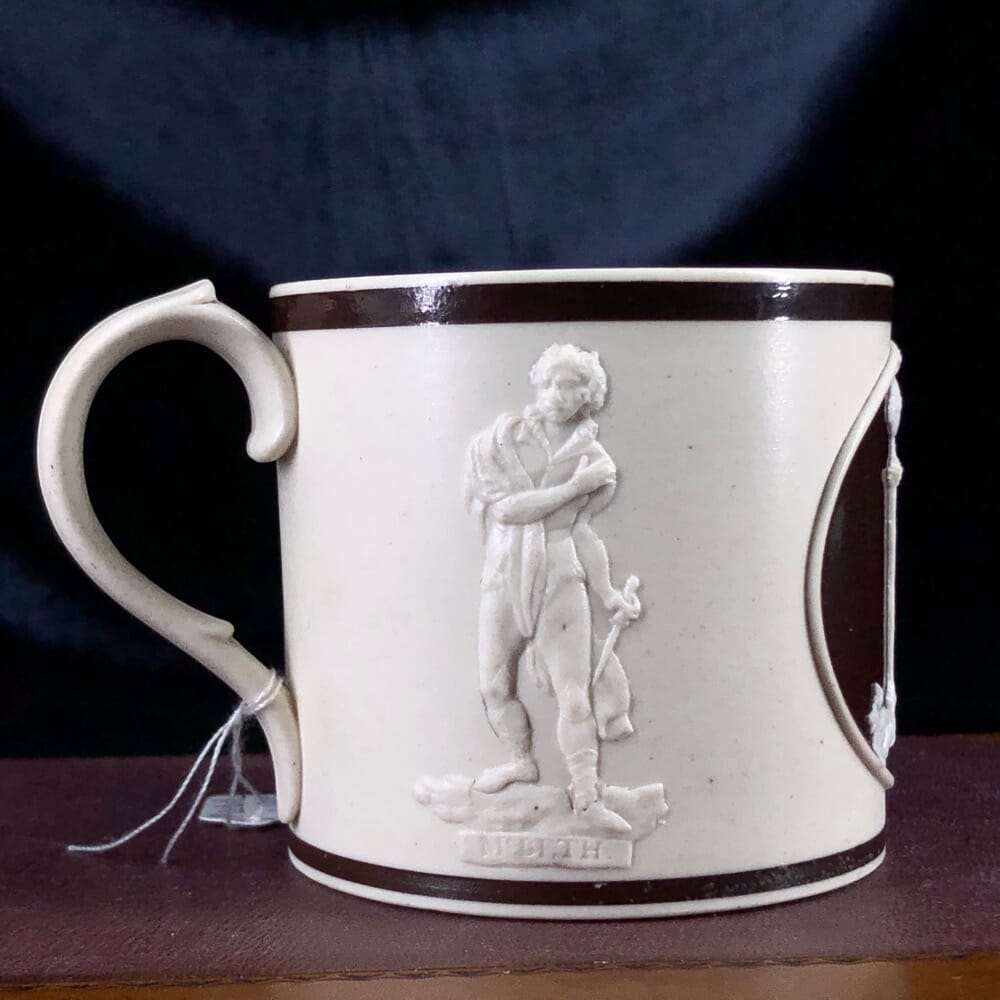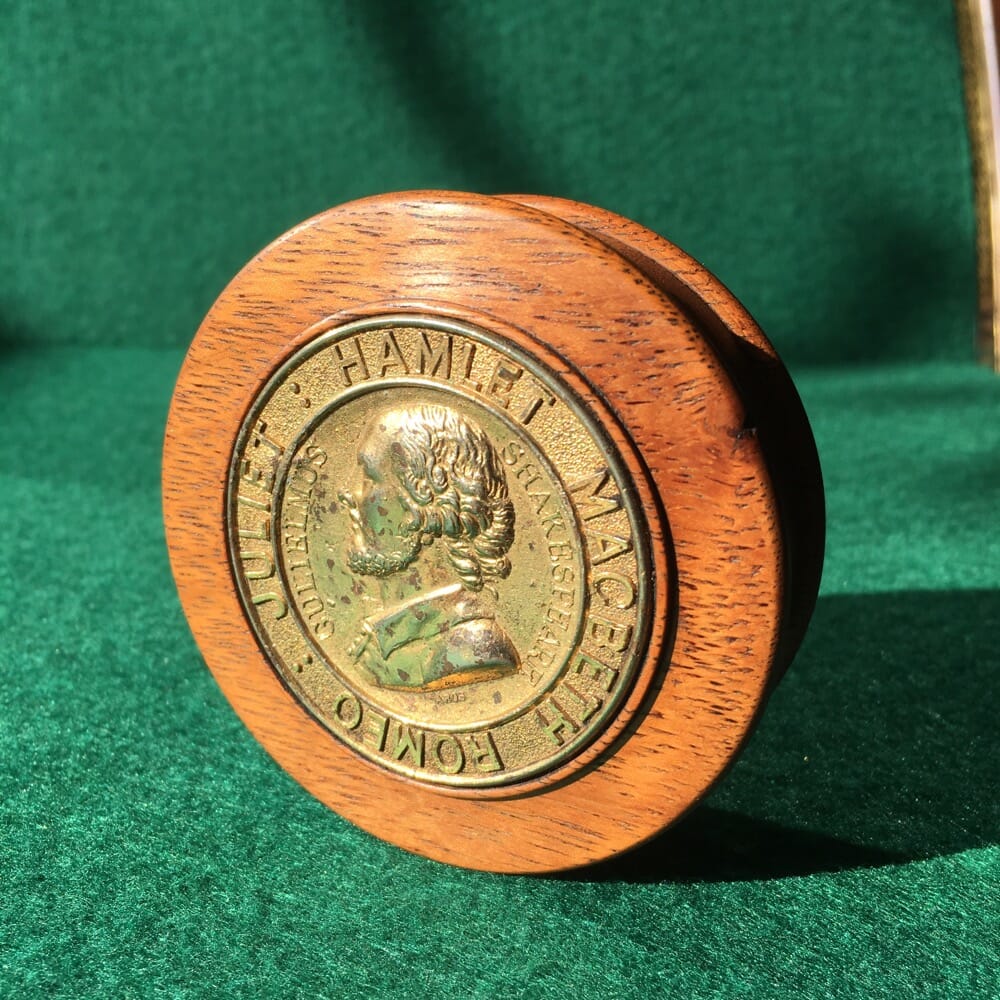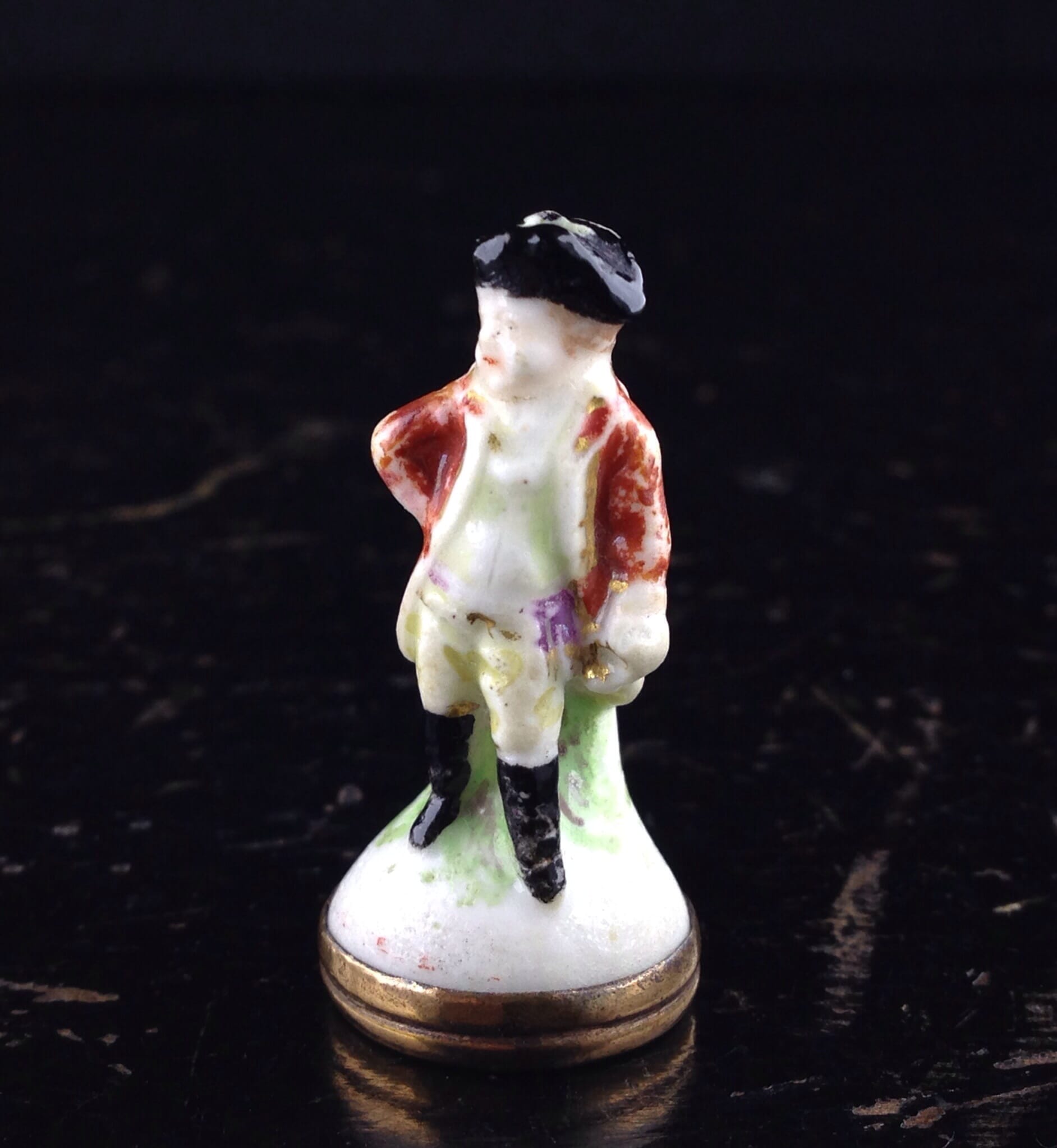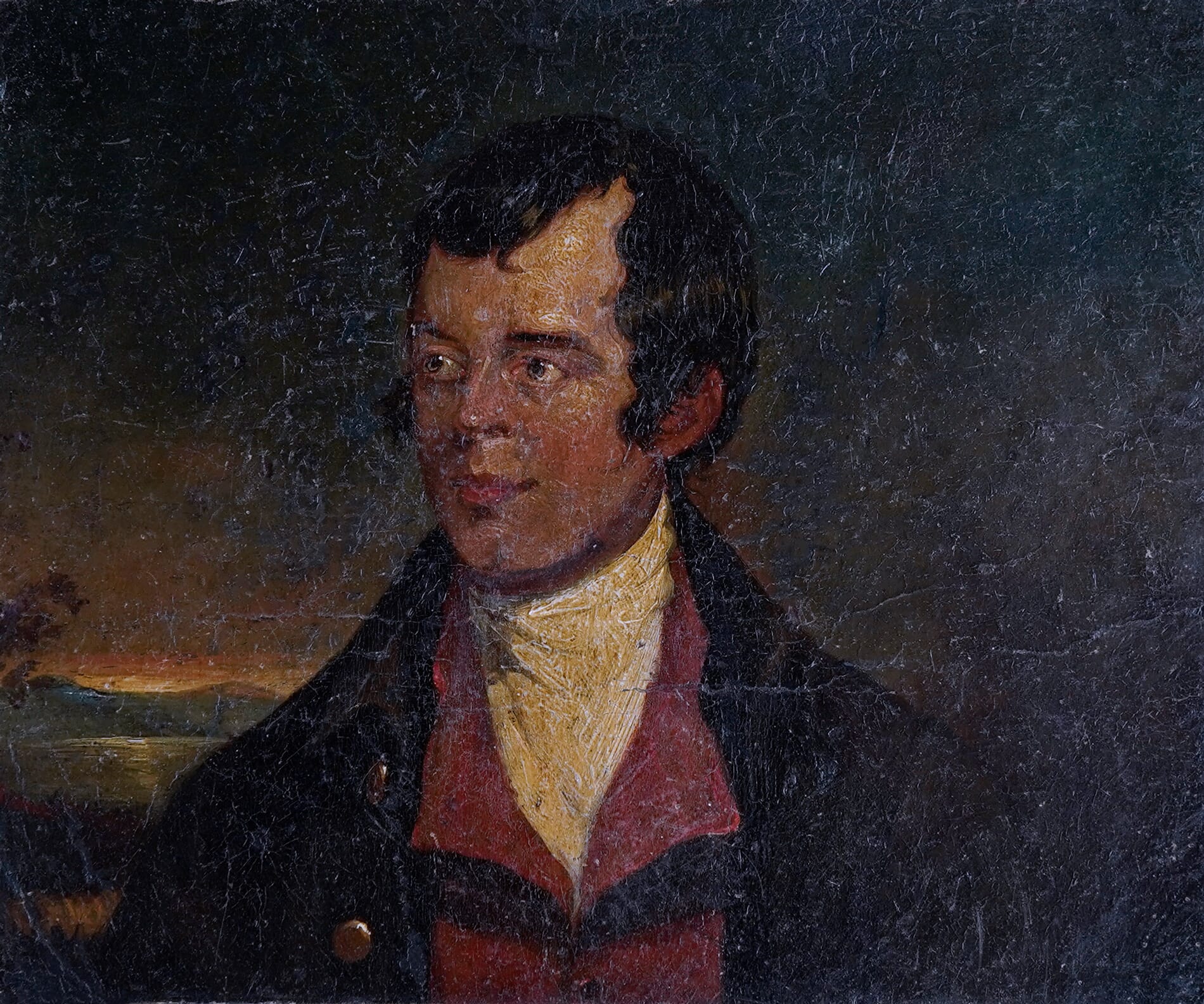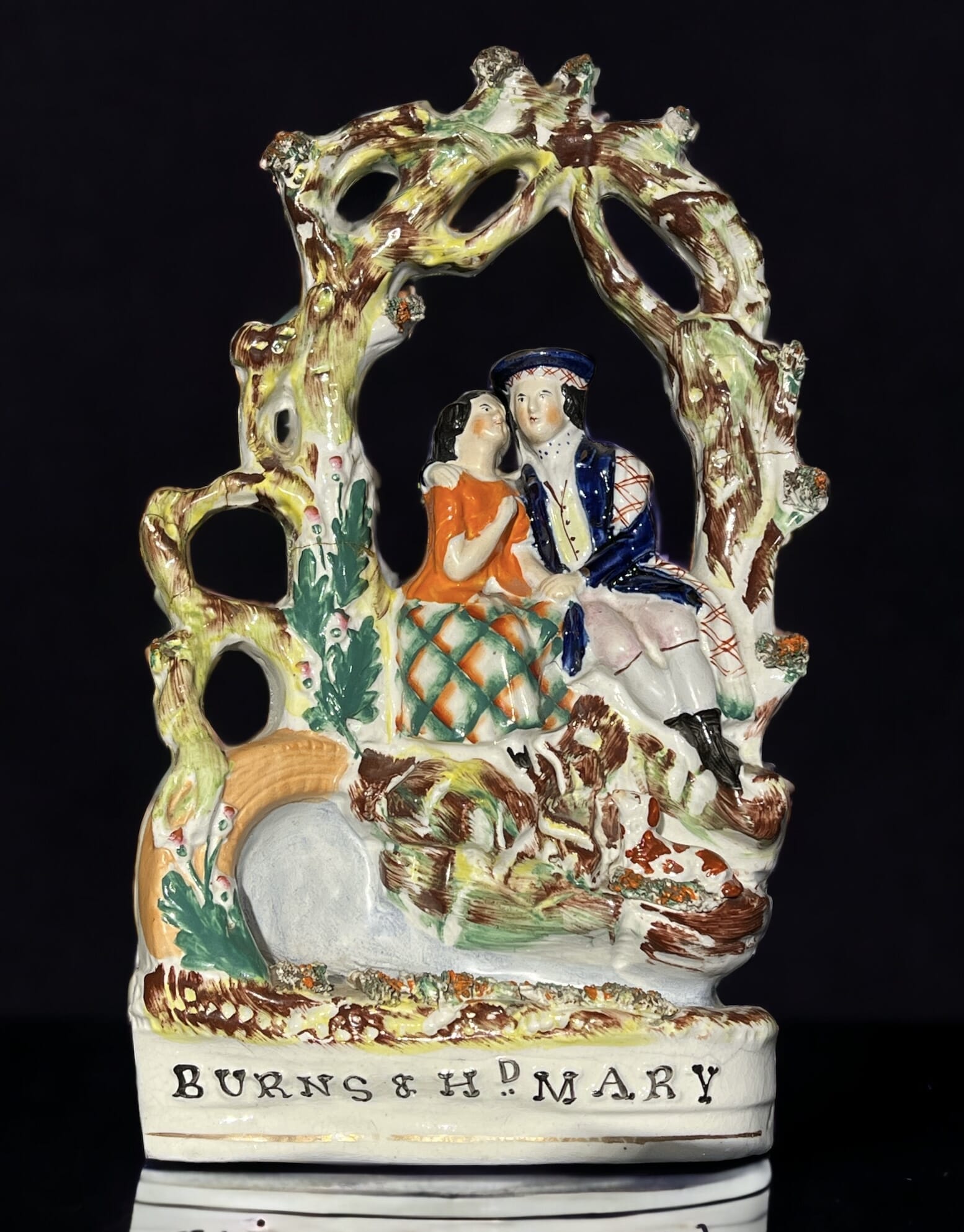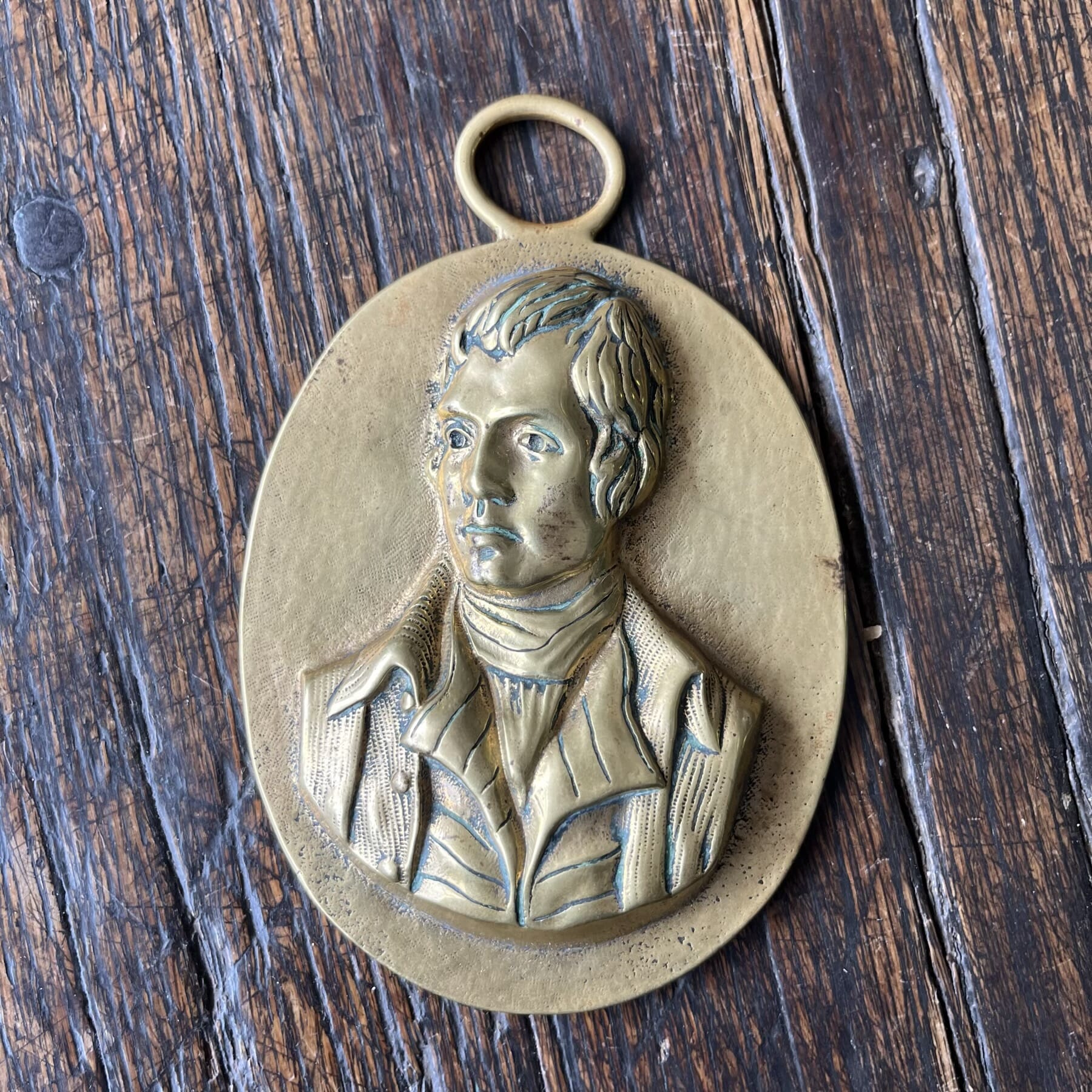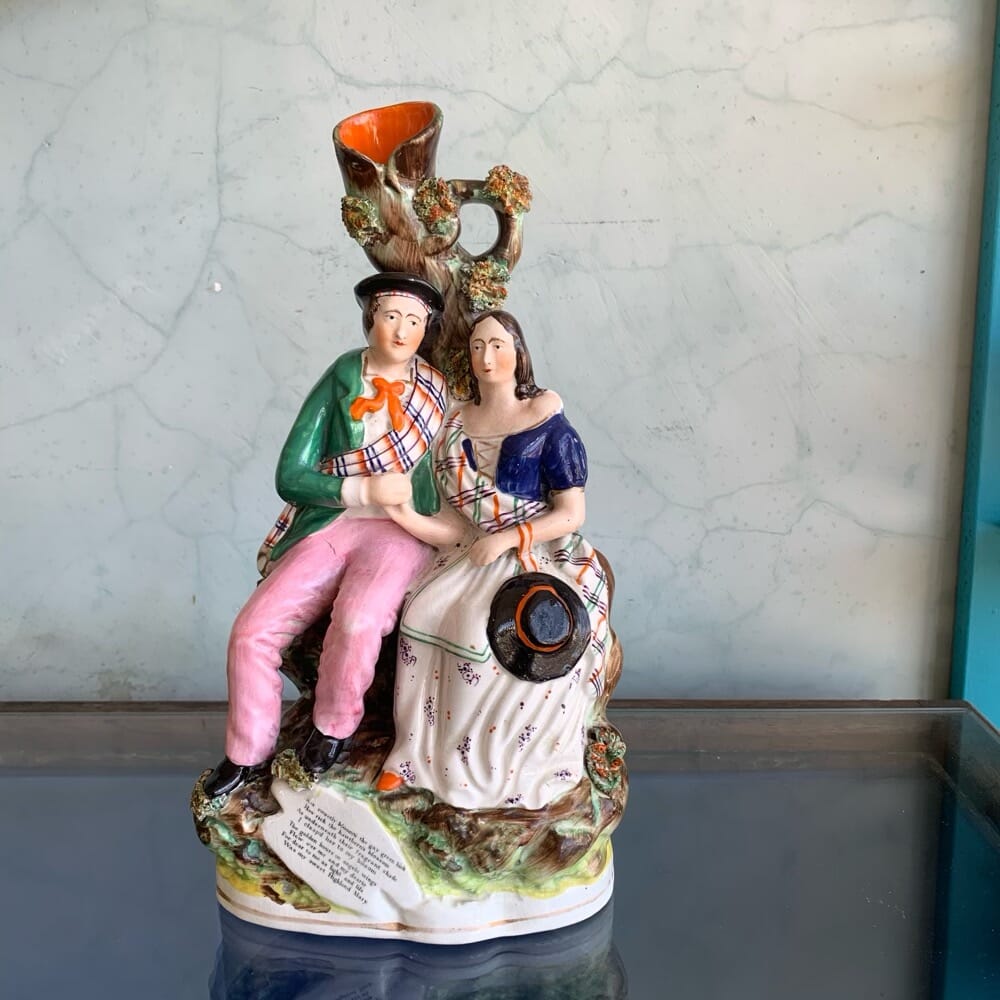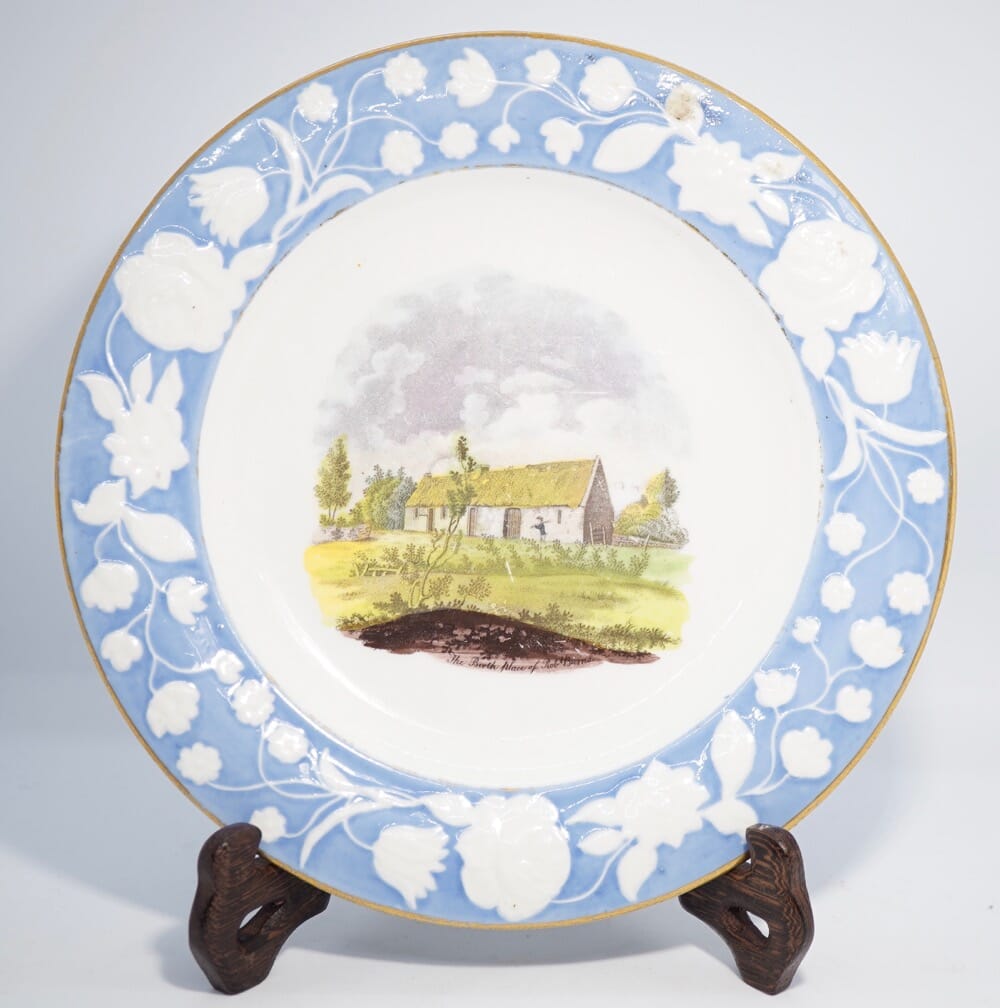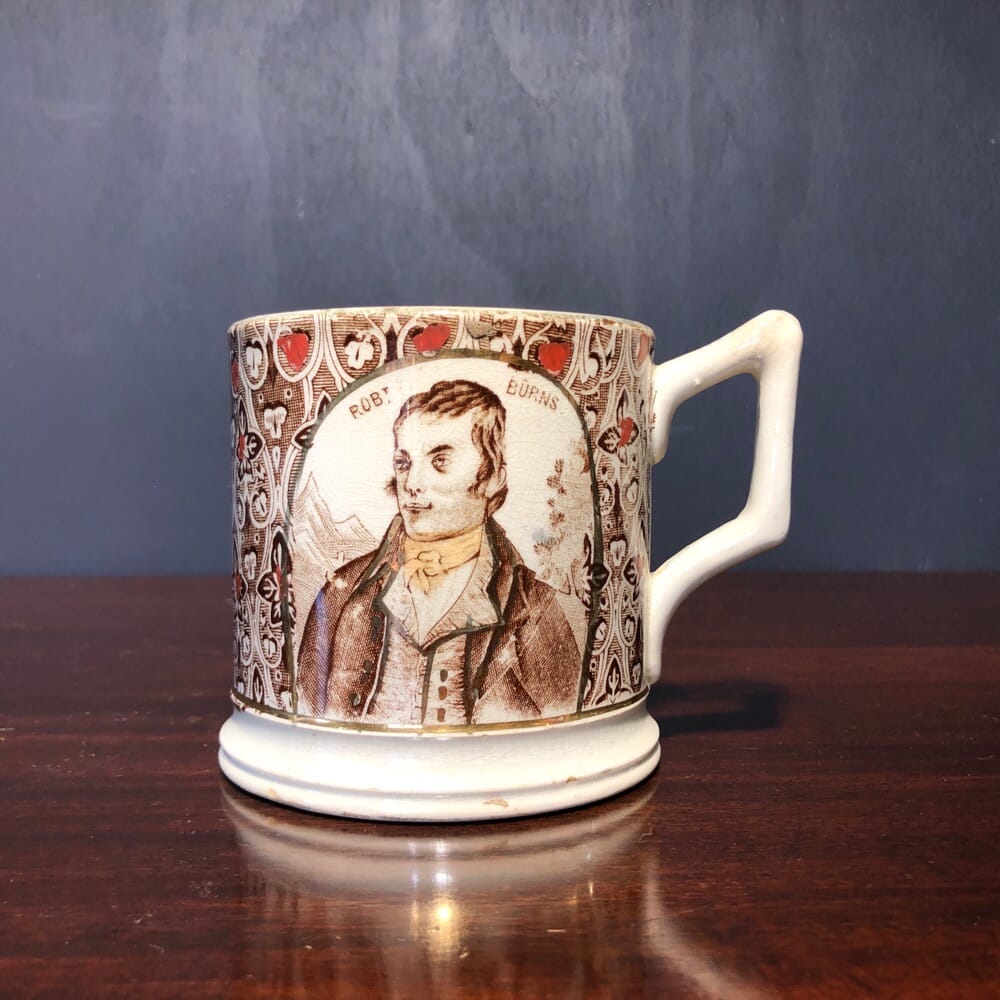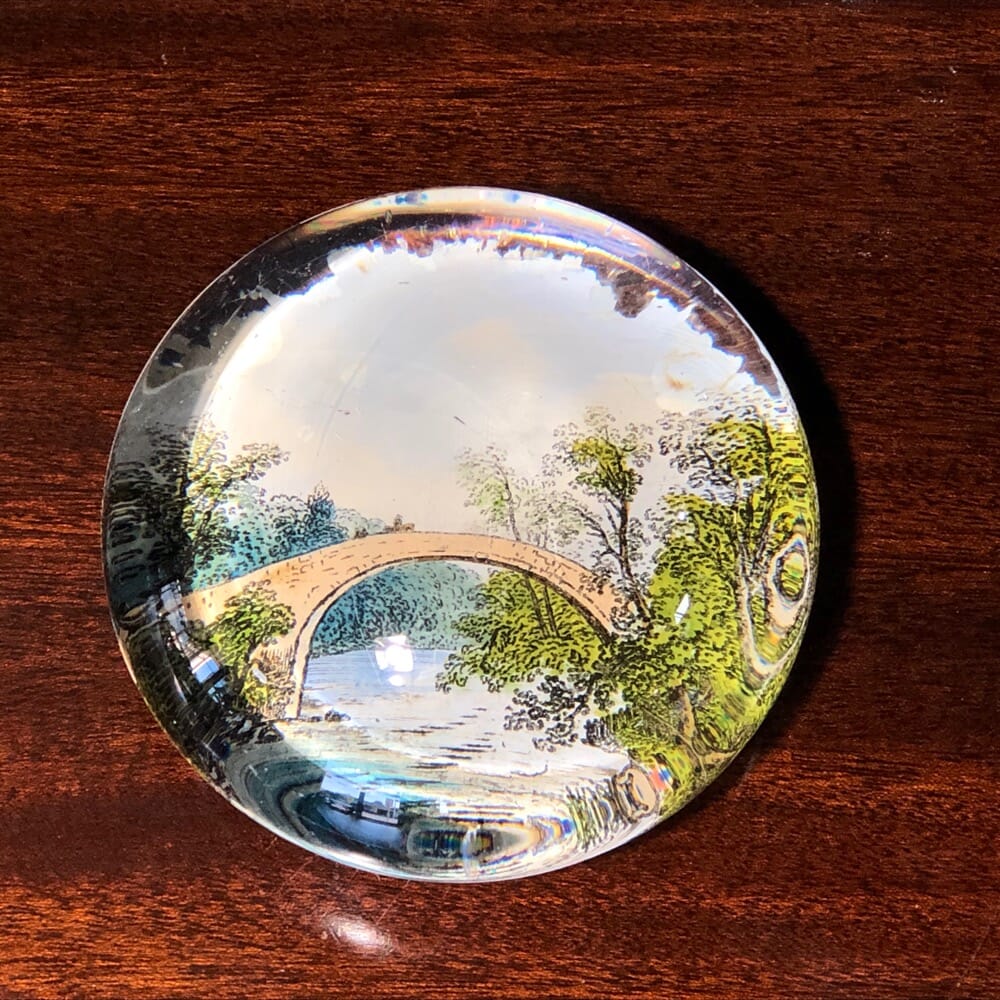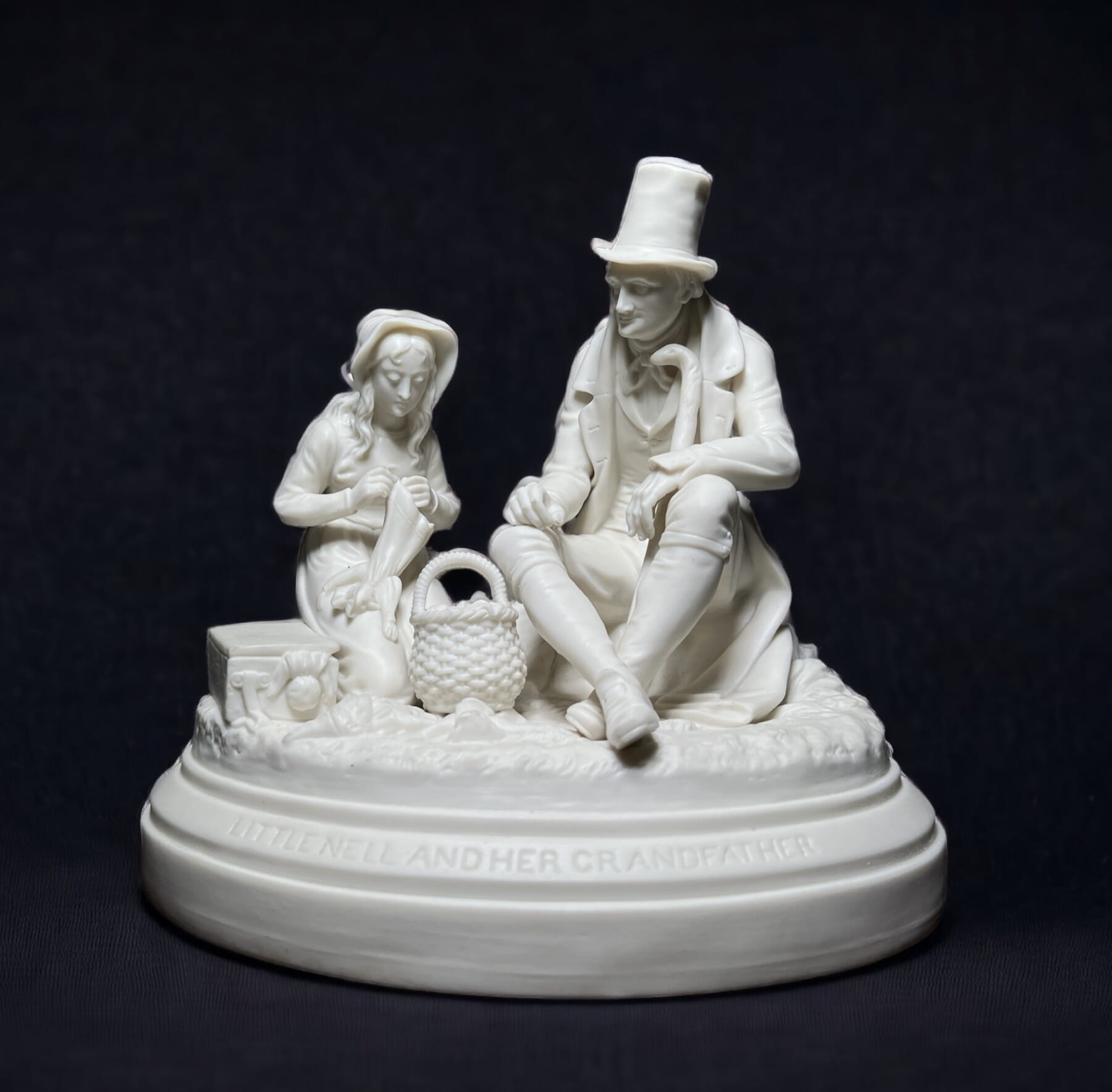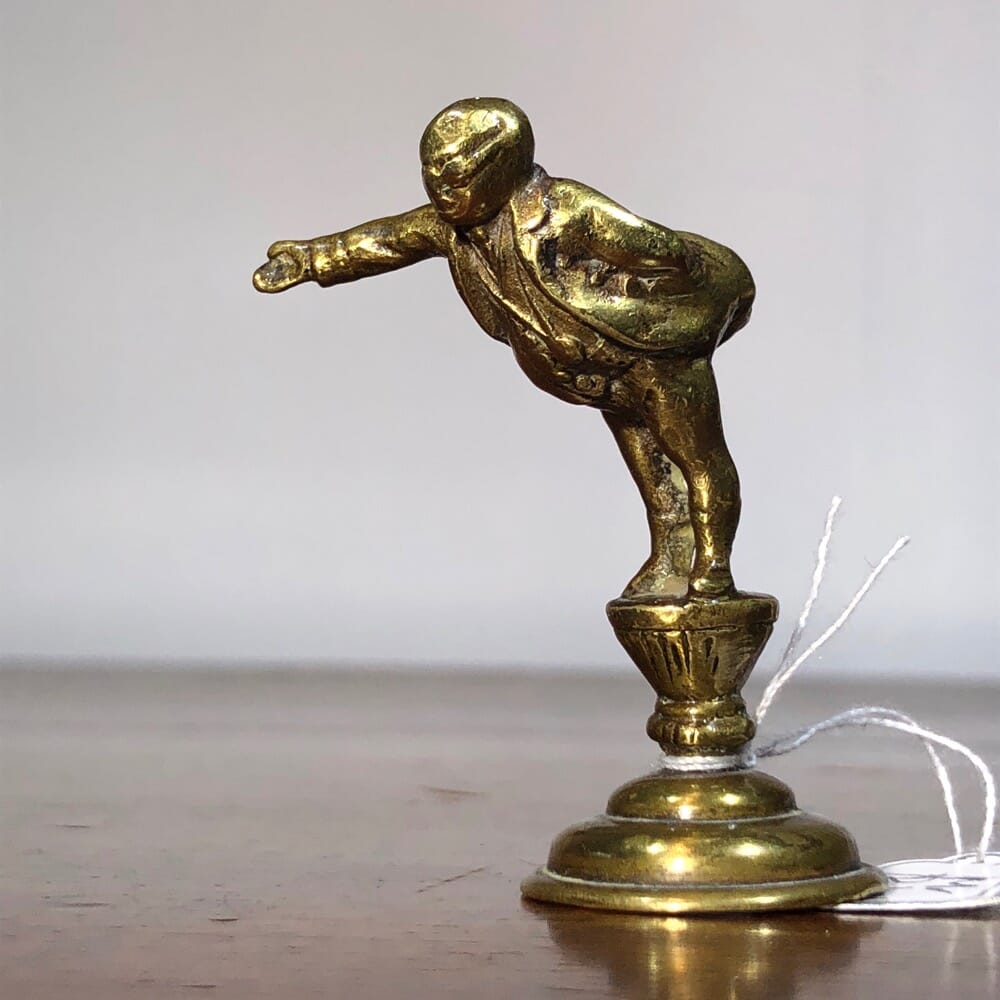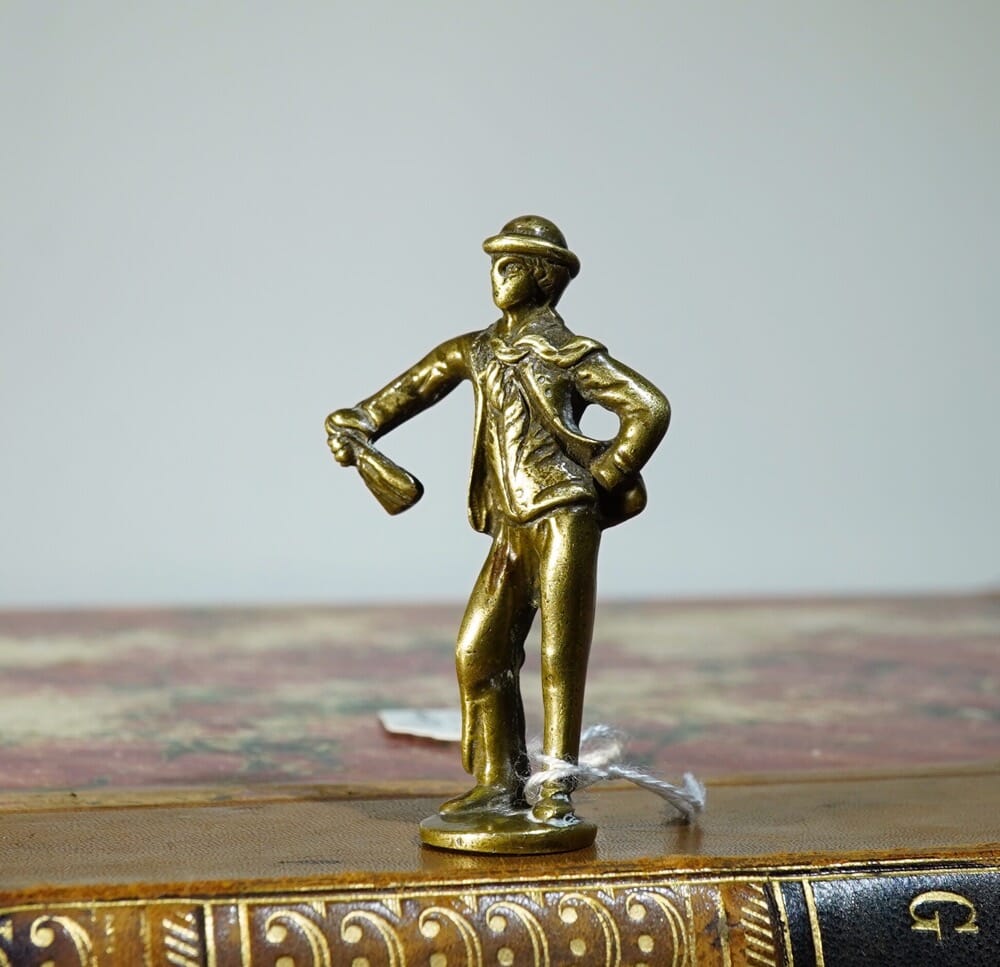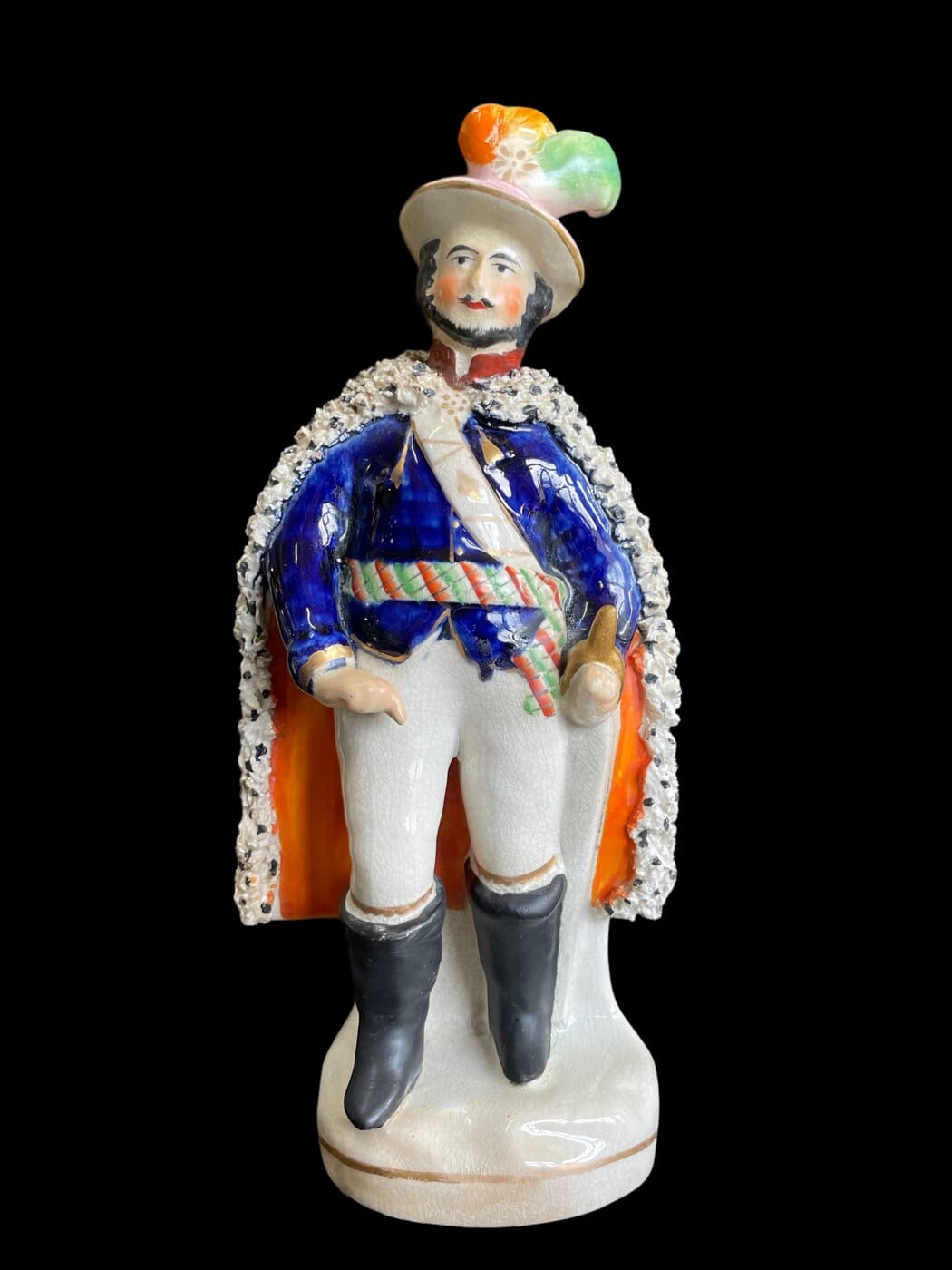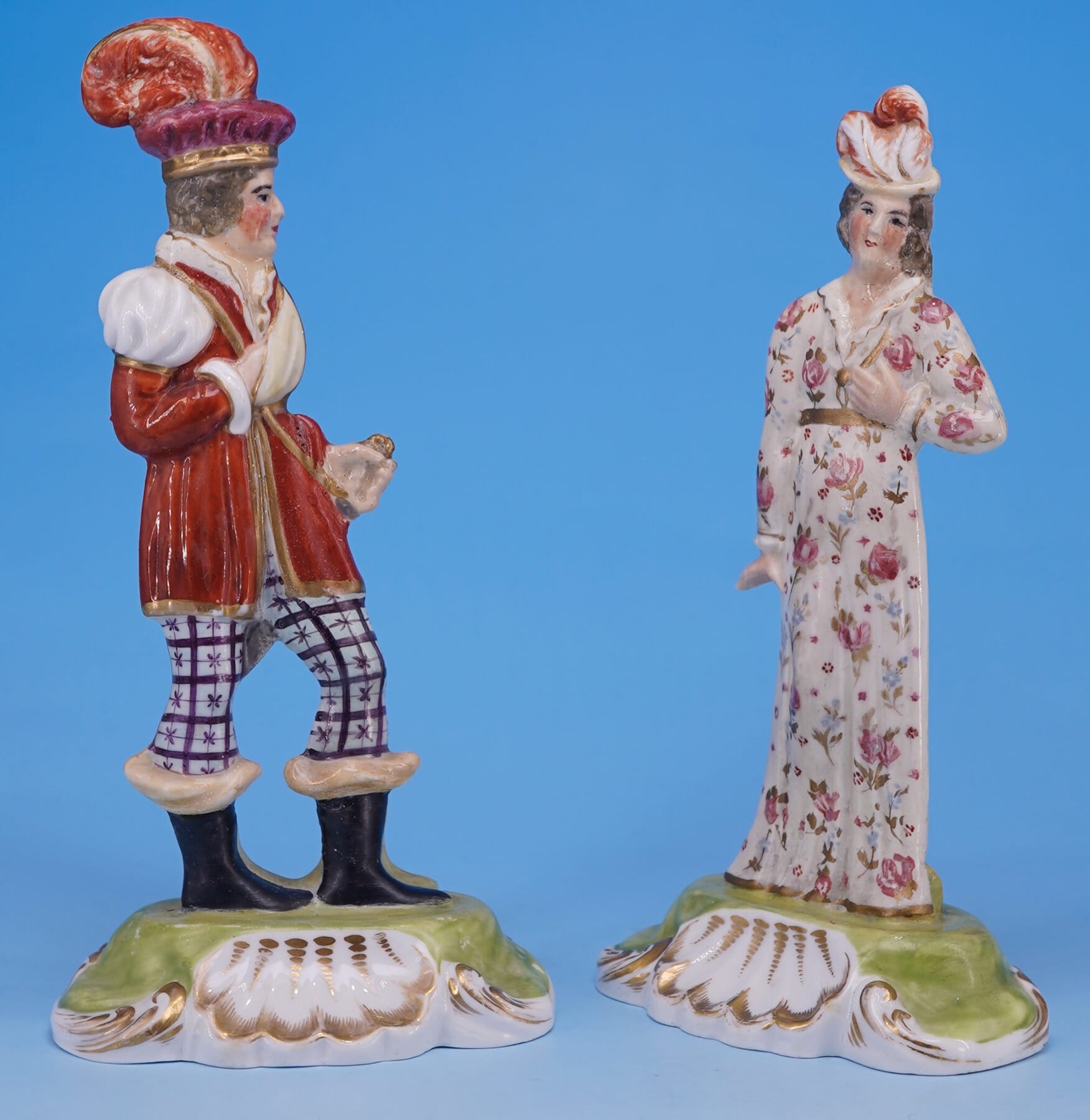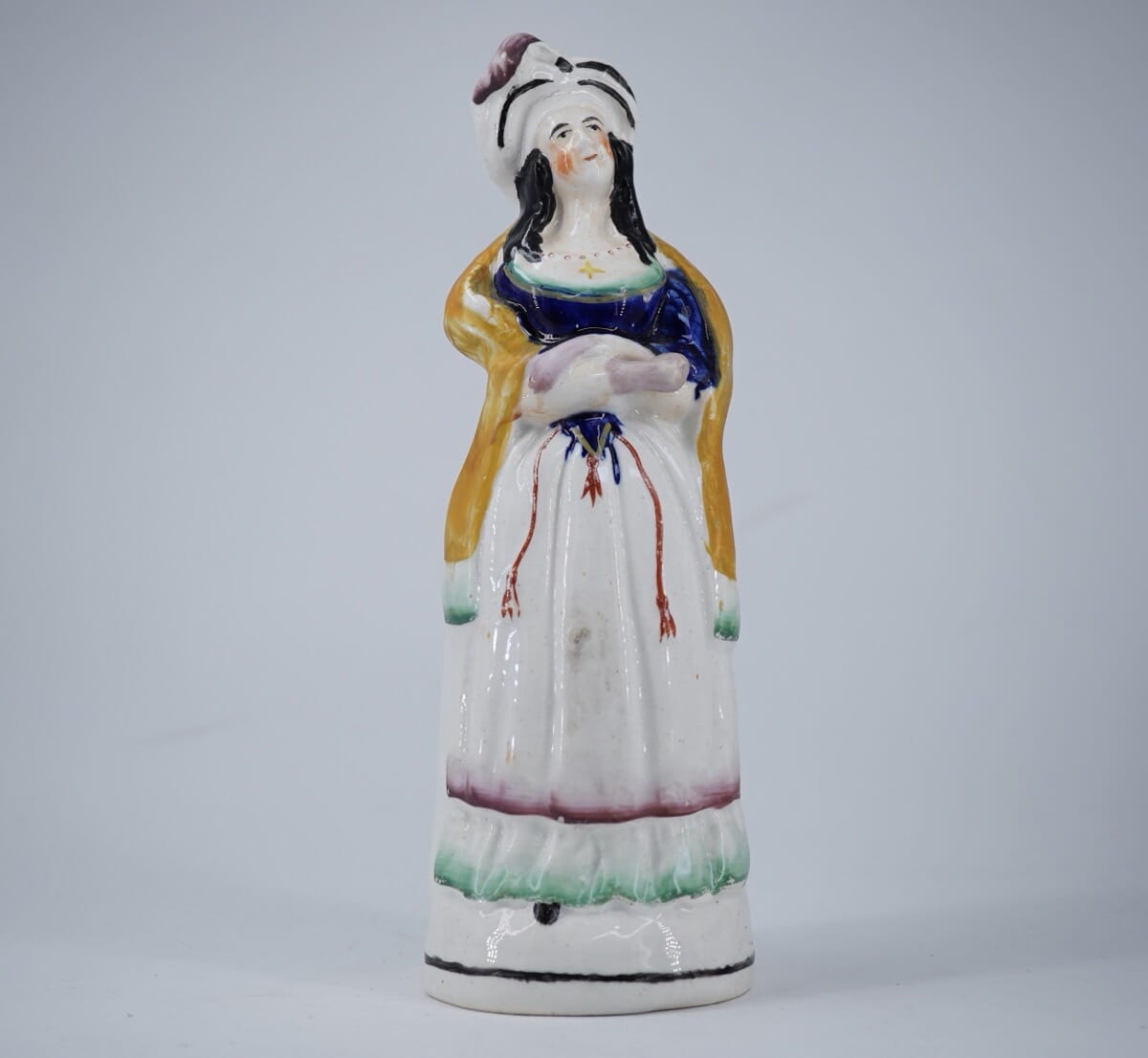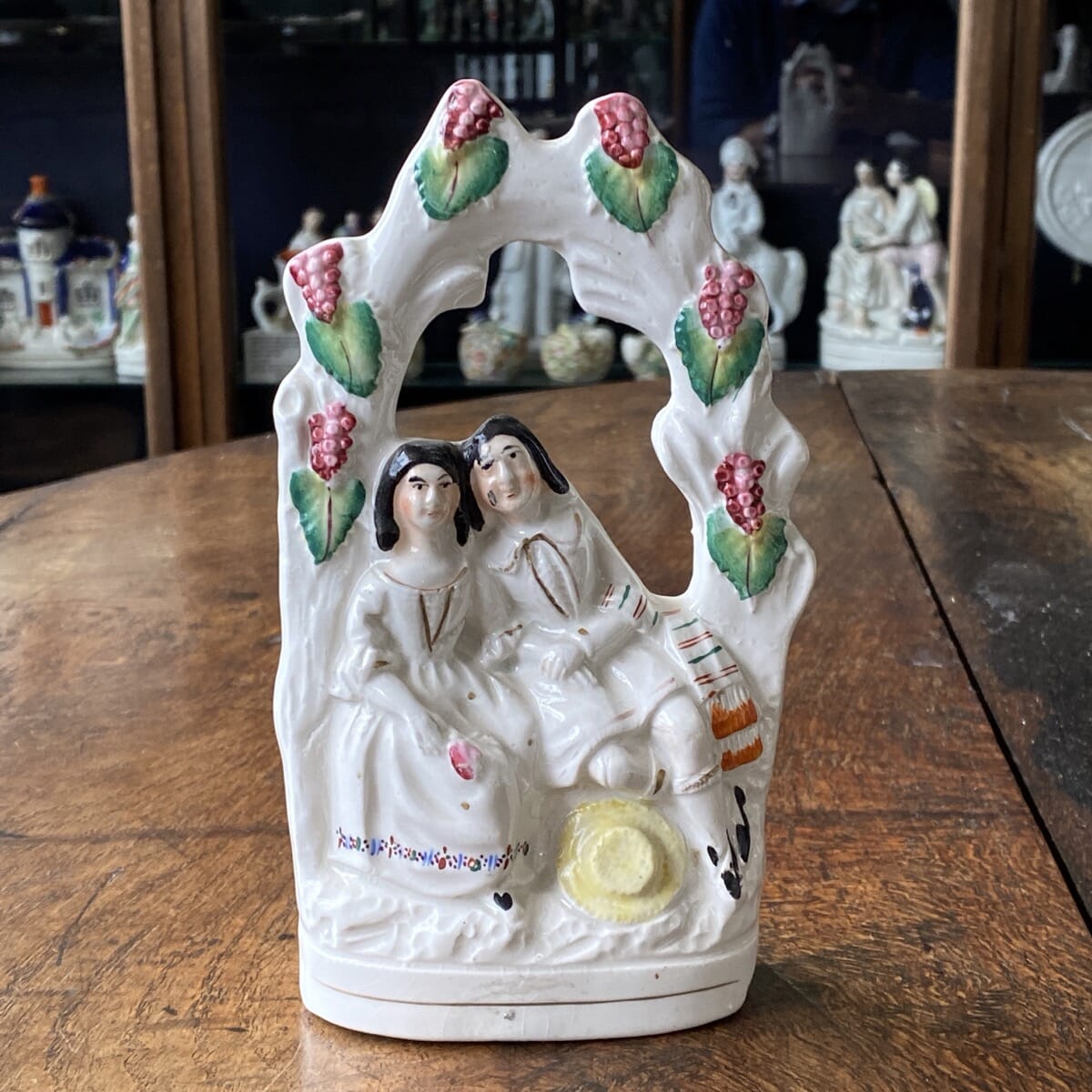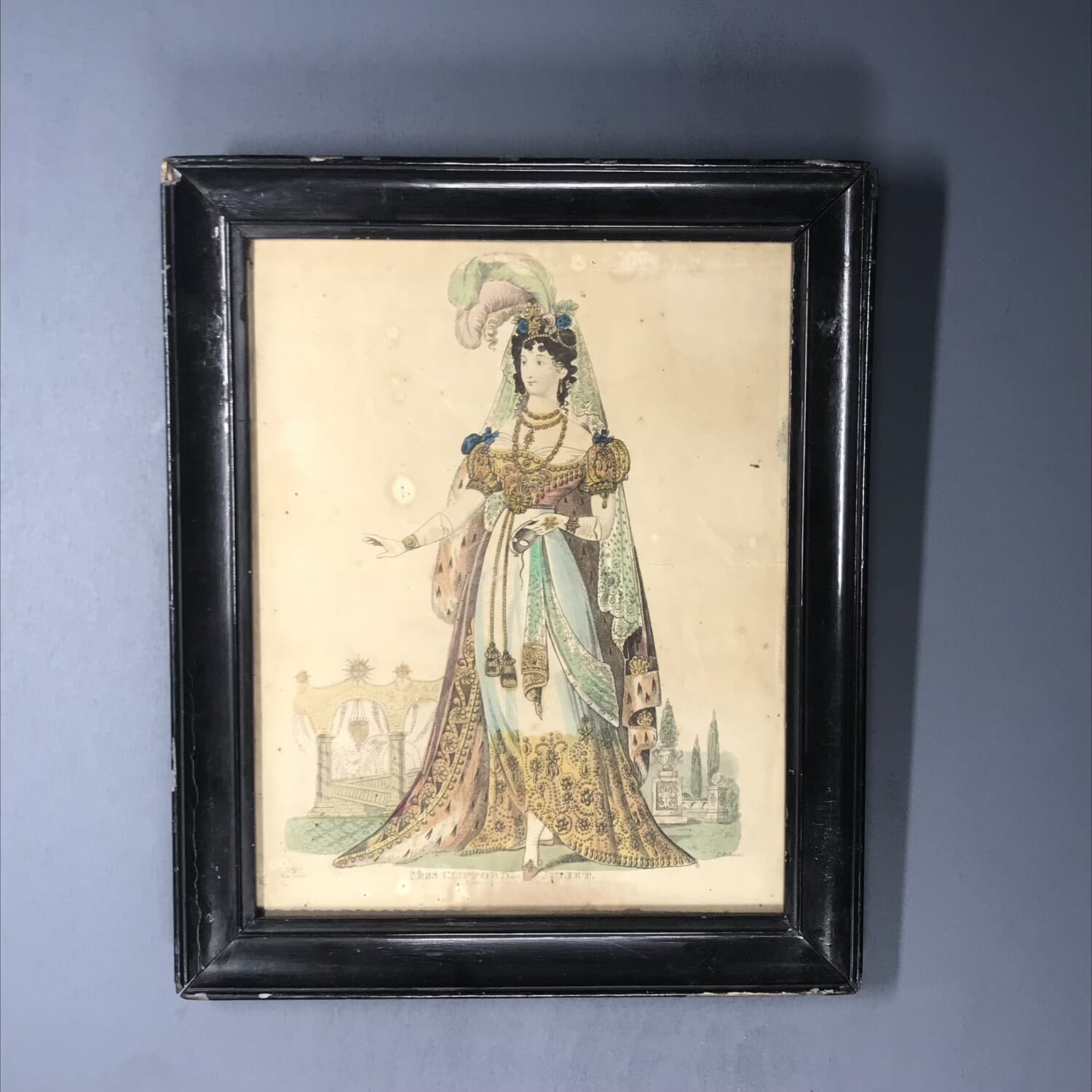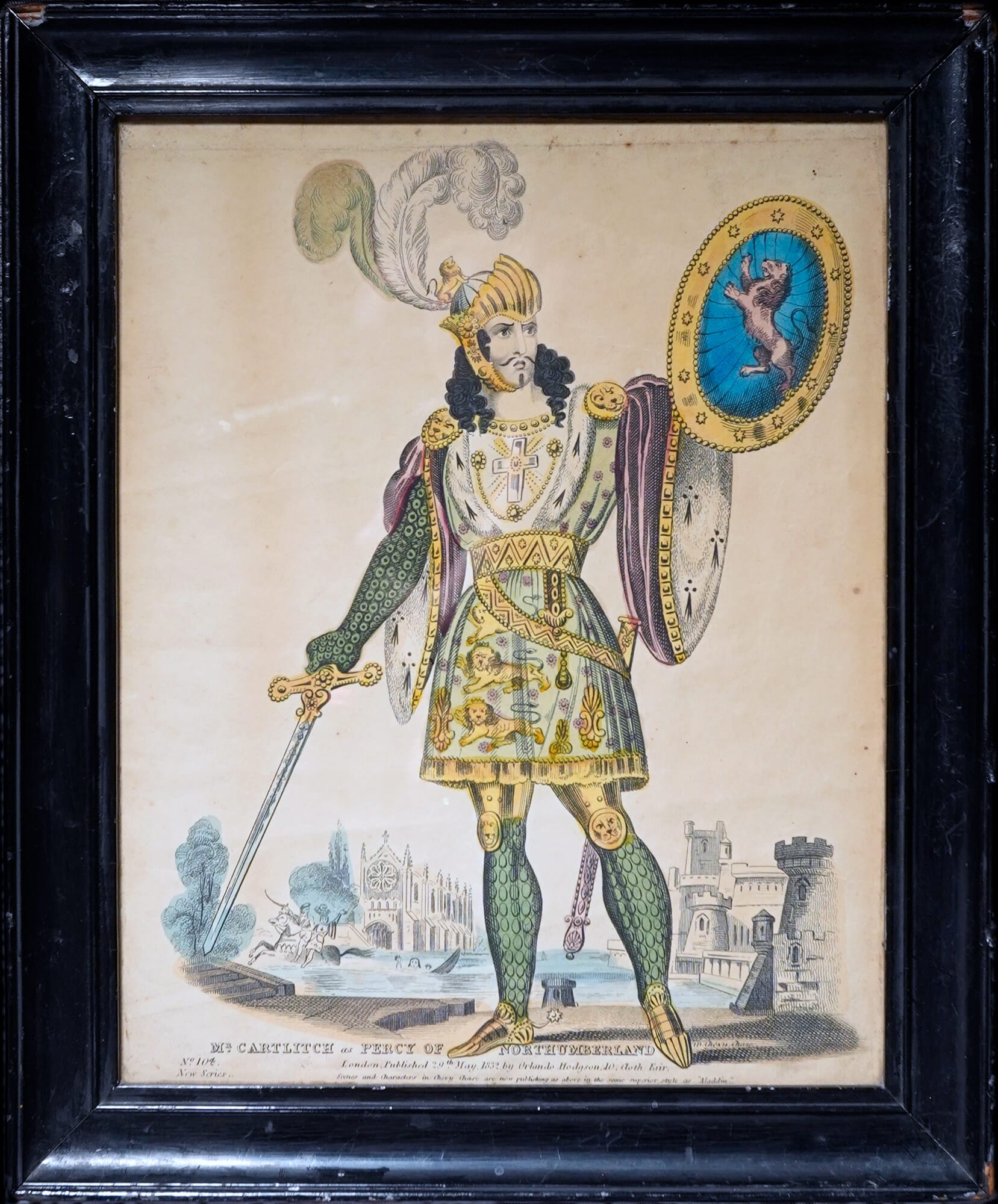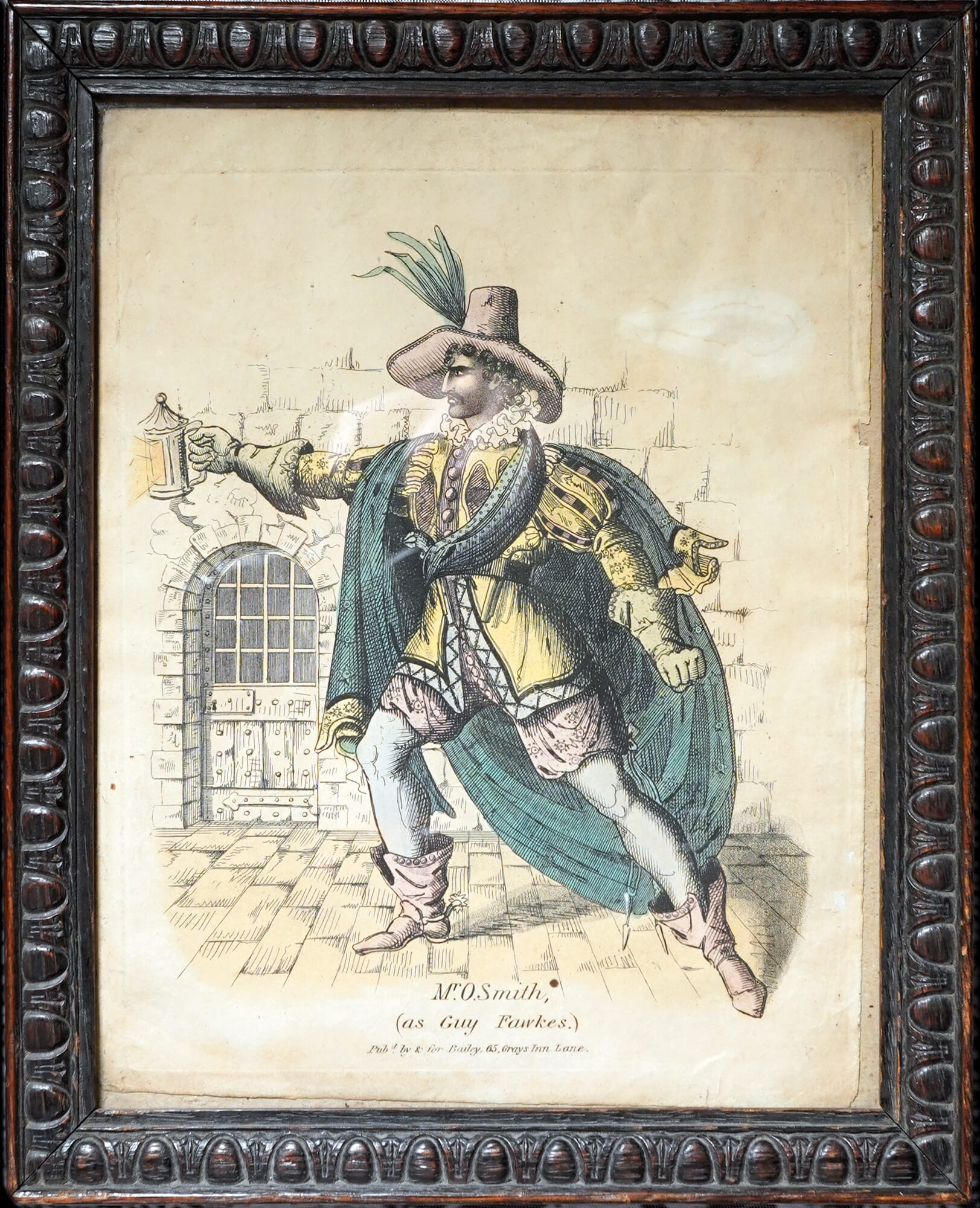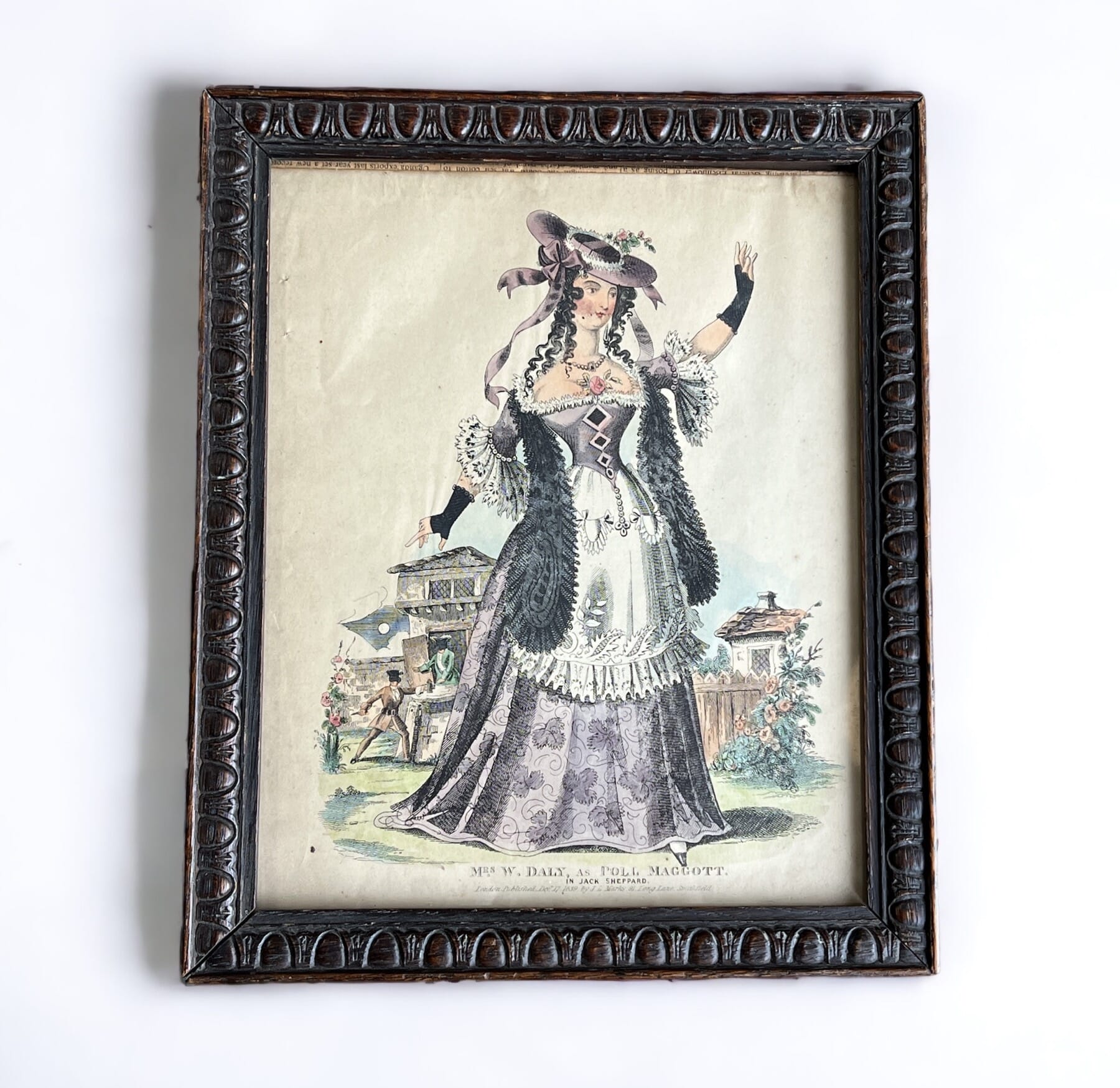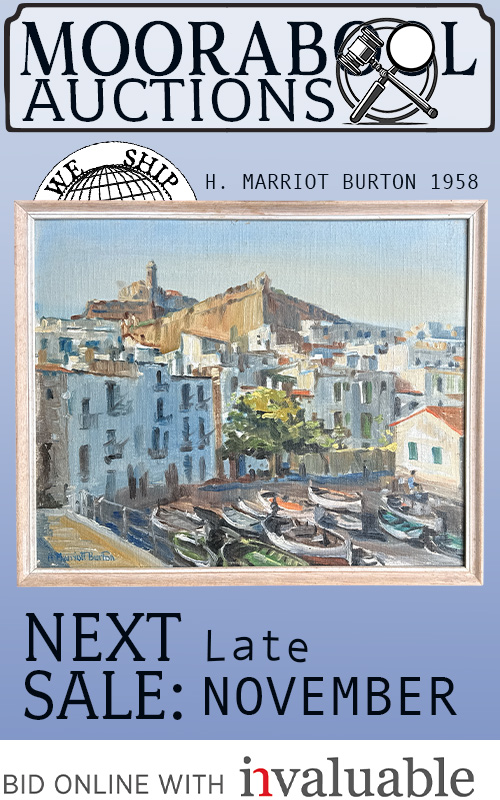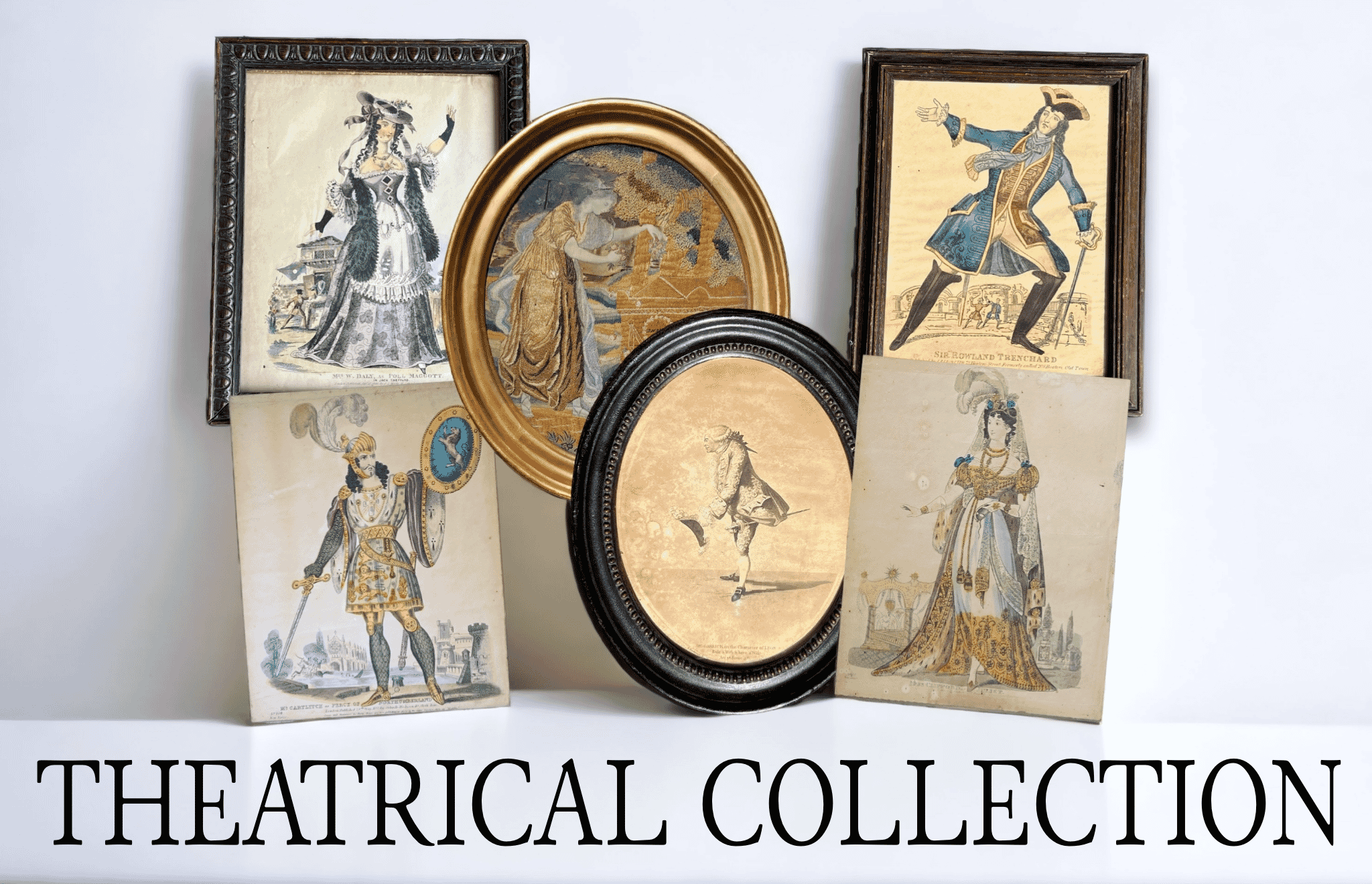

Some interesting items in stock at Moorabool are all about the Stage: this is the pop-culture of the 18th & 19th centuries, featuring the influencers, the stars, and the characters of the popular writers of the day.
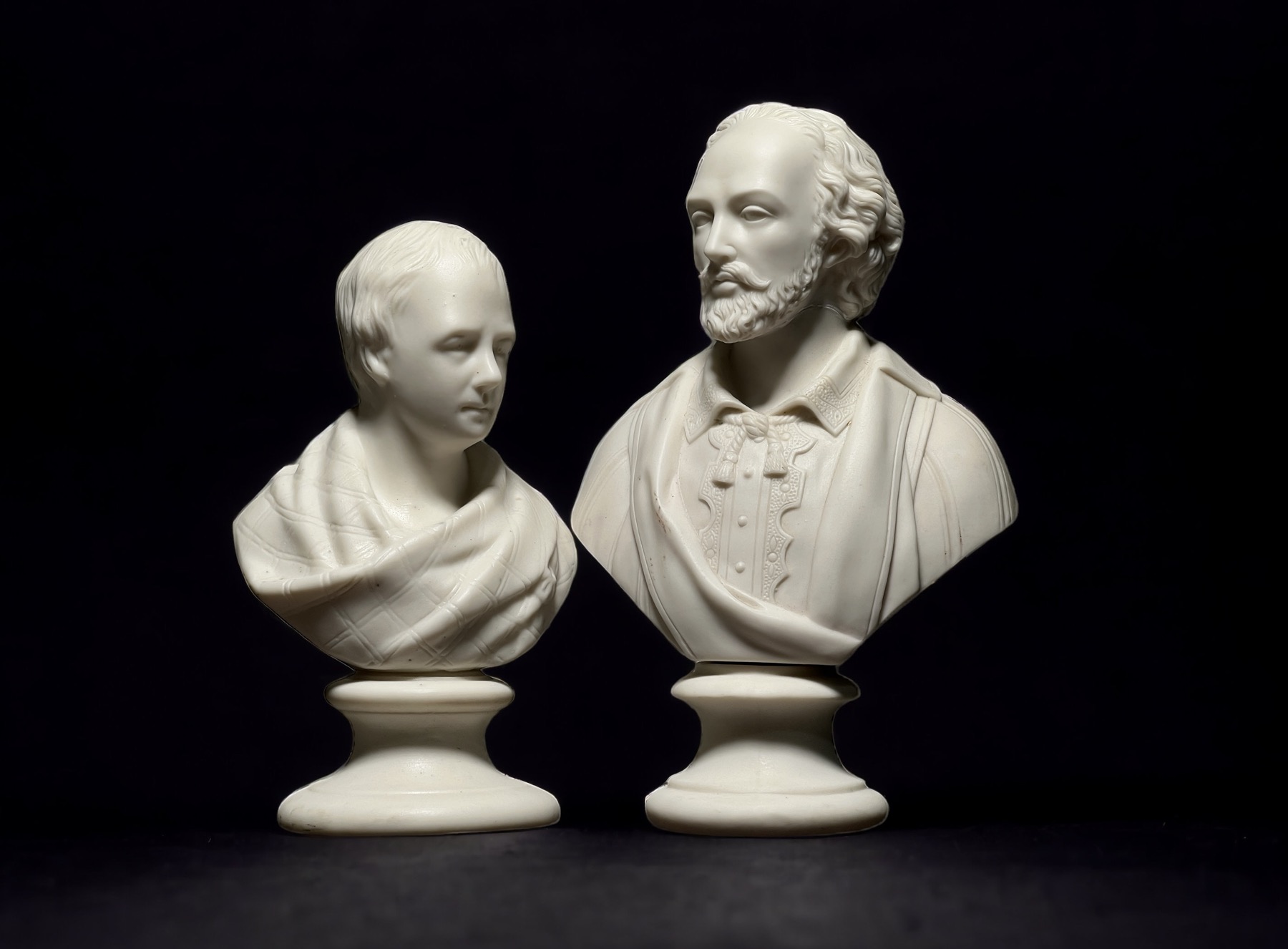
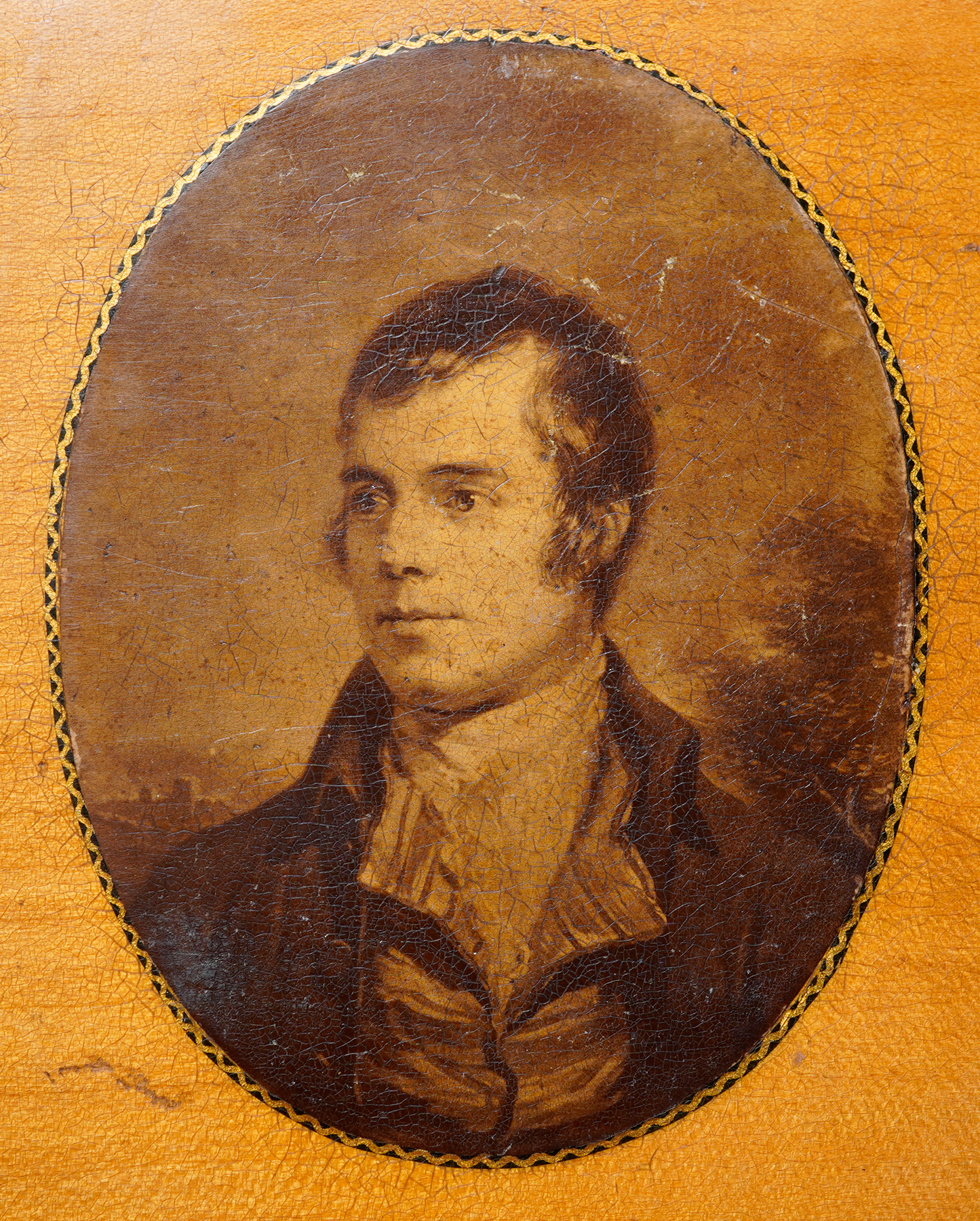
The ‘Top 2’ celebrities we come across in the Antique world are William Shakespeare and Robbie Burns. Their popularity rose & fell over time, just like any celebrity. Shakespeare had the advantage of a head-start, but the popularity of Burns coincided with the explosion in production that came with the Georgian world of the Industrial Revolution. New inventions, techniques and materials were used to make a never ending variety of interesting mementos of both the man and his characters, and in the first half of the 19th century, he eclipsed Shakespeare in popularity. Over the course of the latter 19th & 20th century, Shakespeare regained the lead, until in the present day, Shakespeare is well know and still very popular, while Robbie Burns has faded from the pop-culture scene.
Actors were always popular. Chief amongst these was ‘Falstaff’ – a Shakespeare character who was made in a wide variety of materials over a long period.
And then there’s the more minor celebs. Some of these were ‘child stars’ – famous for a few seasons on the stage. Others are totally inappropriate in the modern world, such as the ‘black-face’ depictions of Africans.
Please enjoy our presentation below…. let the show begin!
A ‘Child Star’ – This fascinating image on a small English Enamel patch box is taken from a print by G. Thompson, Southfield, 1805. It is titled ‘Mafter Betty ftuding his part – this aftonijing youth was only Thirteen Years of Age last September / 1804’, and depicts the child prodigy, William Henry West Betty (1791-1874).
He debuted on stage in Ireland in 1803, aged 11; over the next few years he was incredibly popular and well-recieved as a child star. For a while, he was the highest ever paid actor, earing 75 Guineas per night while at Drury Lane.
His fame led to Royal introductions, and George III even presented him to the Queen.
After a whirl-wind few years of multiple roles in many venues, he retired the stage in 1808 to study at Christ’s College, Cambridge. After graduating, he did retry theatre, but his lustre was worn – the critics were savage, and he failed to impress. The usual path of famous ‘child-star descent’ followed, ending with a failed suicide; he gave up acting altogether in 1824, although he was always active in some form with theatrical charities.
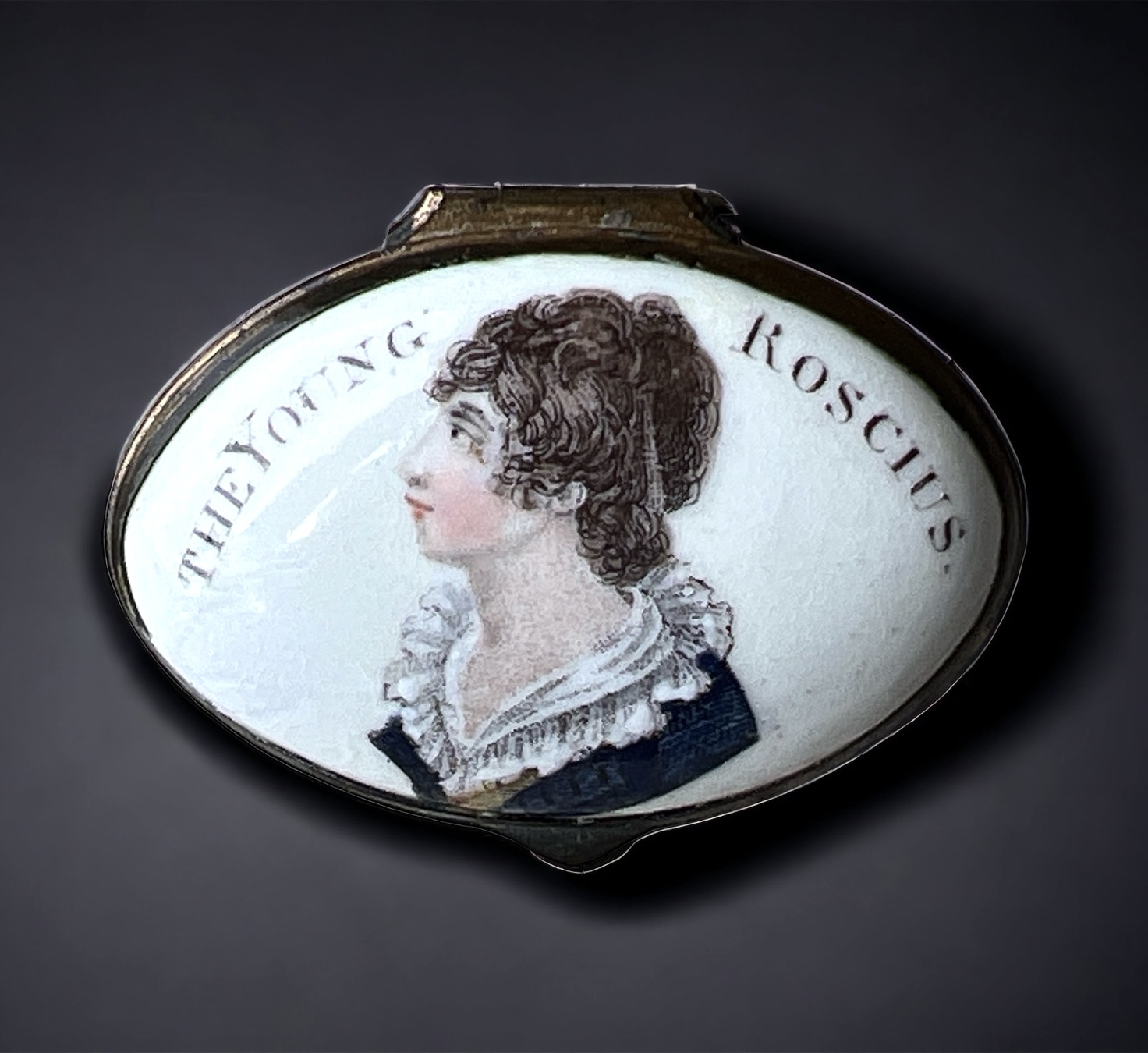
Shakespeare 1564-1616

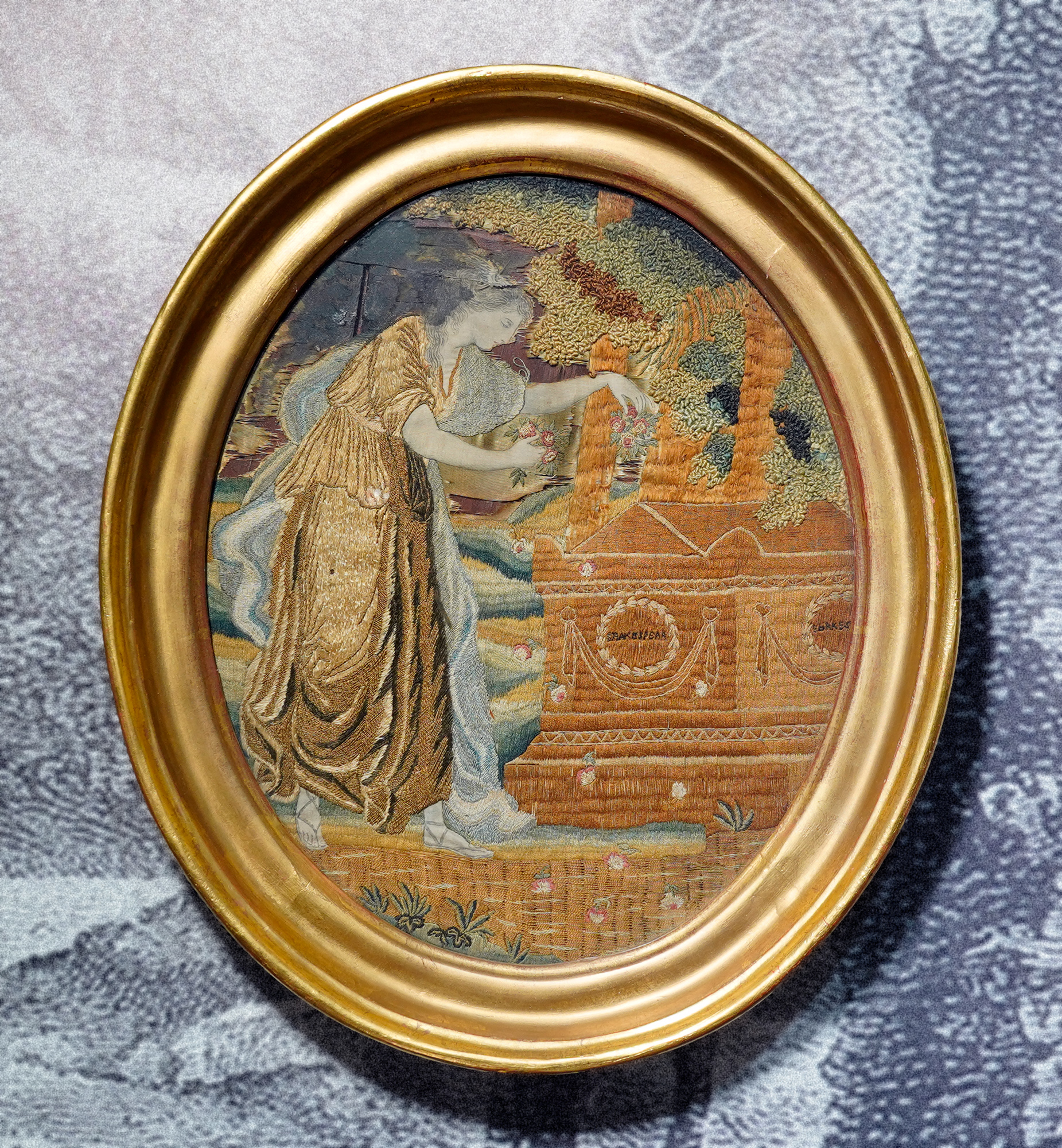
William Shakespeare, often regarded as one of the greatest playwrights in history, wrote his stage plays during the late 16th and early 17th centuries. His literary works have left an indelible mark on the world of literature and theatre, and therefore also the material culture associated. Renowned for his ability to capture the complexities of human nature and emotions, Shakespeare’s plays such as “Romeo and Juliet,” “Hamlet,” and “Macbeth” continue to resonate with audiences worldwide, exploring themes of love, ambition, power, and tragedy. His mastery of language, rich characters, and enduring narratives have solidified his legacy, ensuring that his works remain relevant and influential across generations.
A most unusual piece that illustrates his lasting impression is seen here – a Georgian embroidery, featuring a lady by “Shakespere’s”grave, strewing it with roses.
There’s a wonderful range of Shakespeare products, including no end of busts, some better looking than others. But most peculiar is the vase seen below -it has an identical Shakespeare face on either side, for some unknown reason!
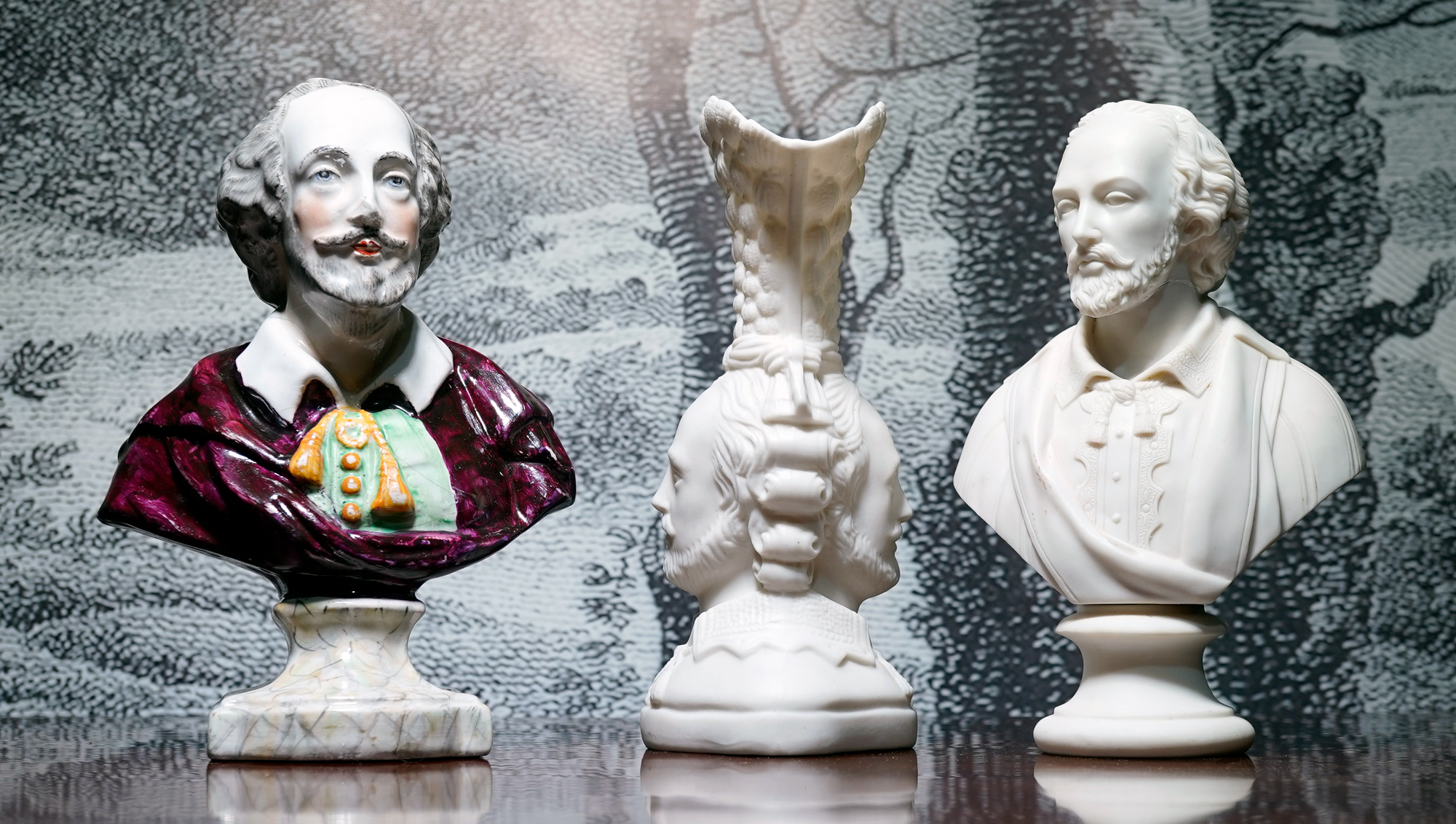
-
 Pratt printed ‘Shakespeare’ blue clay jar, c. 1850$85.00 AUD
Pratt printed ‘Shakespeare’ blue clay jar, c. 1850$85.00 AUD -
 Bronze clip of Shakespeare, Late 19th CSold
Bronze clip of Shakespeare, Late 19th CSold -
 Parian bust of Shakespeare, after Roubiliac, c. 1870Sold
Parian bust of Shakespeare, after Roubiliac, c. 1870Sold -
 Pratt pot lid “The Room Shakespeare was born’ C.1850$165.00 AUD
Pratt pot lid “The Room Shakespeare was born’ C.1850$165.00 AUD -
 Pair of Pratt pot lids, ‘Shakespeare’s House’ & ‘Anne Hathaway’s House’ C. 1850$345.00 AUD
Pair of Pratt pot lids, ‘Shakespeare’s House’ & ‘Anne Hathaway’s House’ C. 1850$345.00 AUD -
 Pratt pot lid “Shakespeare’s House Henly St, Stratford on Avon’, Cauldron ‘collector’s’ base, early 20th century$185.00 AUD
Pratt pot lid “Shakespeare’s House Henly St, Stratford on Avon’, Cauldron ‘collector’s’ base, early 20th century$185.00 AUD -
 Staffordshire pottery bust of Shakespeare – impressed ‘Shakspere’ on back, c. 1890$365.00 AUD
Staffordshire pottery bust of Shakespeare – impressed ‘Shakspere’ on back, c. 1890$365.00 AUD -
 Staffordshire Theatrical figure of Falstaff & friend, from ‘Merry Wives of Windsor’, c. 1860$265.00 AUD
Staffordshire Theatrical figure of Falstaff & friend, from ‘Merry Wives of Windsor’, c. 1860$265.00 AUD -
 Staffordshire ‘Falstaff’, bright enamels, c.1830$380.00 AUD
Staffordshire ‘Falstaff’, bright enamels, c.1830$380.00 AUD -
 Staffordshire pottery model of ‘Shakspere’s House’, C.1865$495.00 AUD
Staffordshire pottery model of ‘Shakspere’s House’, C.1865$495.00 AUD -
 Georgian embroidery, The Tomb of Shakespeare, c. 1790$880.00 AUD
Georgian embroidery, The Tomb of Shakespeare, c. 1790$880.00 AUD -
 Parian ‘Shakespeare’ vase, double sided, circa 1860$295.00 AUD
Parian ‘Shakespeare’ vase, double sided, circa 1860$295.00 AUD -
 ‘Shakespeare’s Monument’ spill vase, puce print, Hilditch & Hopwood c. 1850Sold
‘Shakespeare’s Monument’ spill vase, puce print, Hilditch & Hopwood c. 1850Sold -
 ‘Shakespeare’s Monument’ spill vase, Hilditch & Hopwood c. 1850$145.00 AUD
‘Shakespeare’s Monument’ spill vase, Hilditch & Hopwood c. 1850$145.00 AUD -
 Chetham & Woolley ‘Mcbeth’ mug, c. 1810$345.00 AUD
Chetham & Woolley ‘Mcbeth’ mug, c. 1810$345.00 AUD -
 Turned boxwood Shakespeare box, 19th & 21st century$195.00 AUD
Turned boxwood Shakespeare box, 19th & 21st century$195.00 AUD -
 Brass chimney ornament, Shakespeare 19th CenturySold
Brass chimney ornament, Shakespeare 19th CenturySold -
 Chelsea seal – gent, with intaglio of Shakespeare, C. 1755Sold
Chelsea seal – gent, with intaglio of Shakespeare, C. 1755Sold
Robbie Burns 1759-96
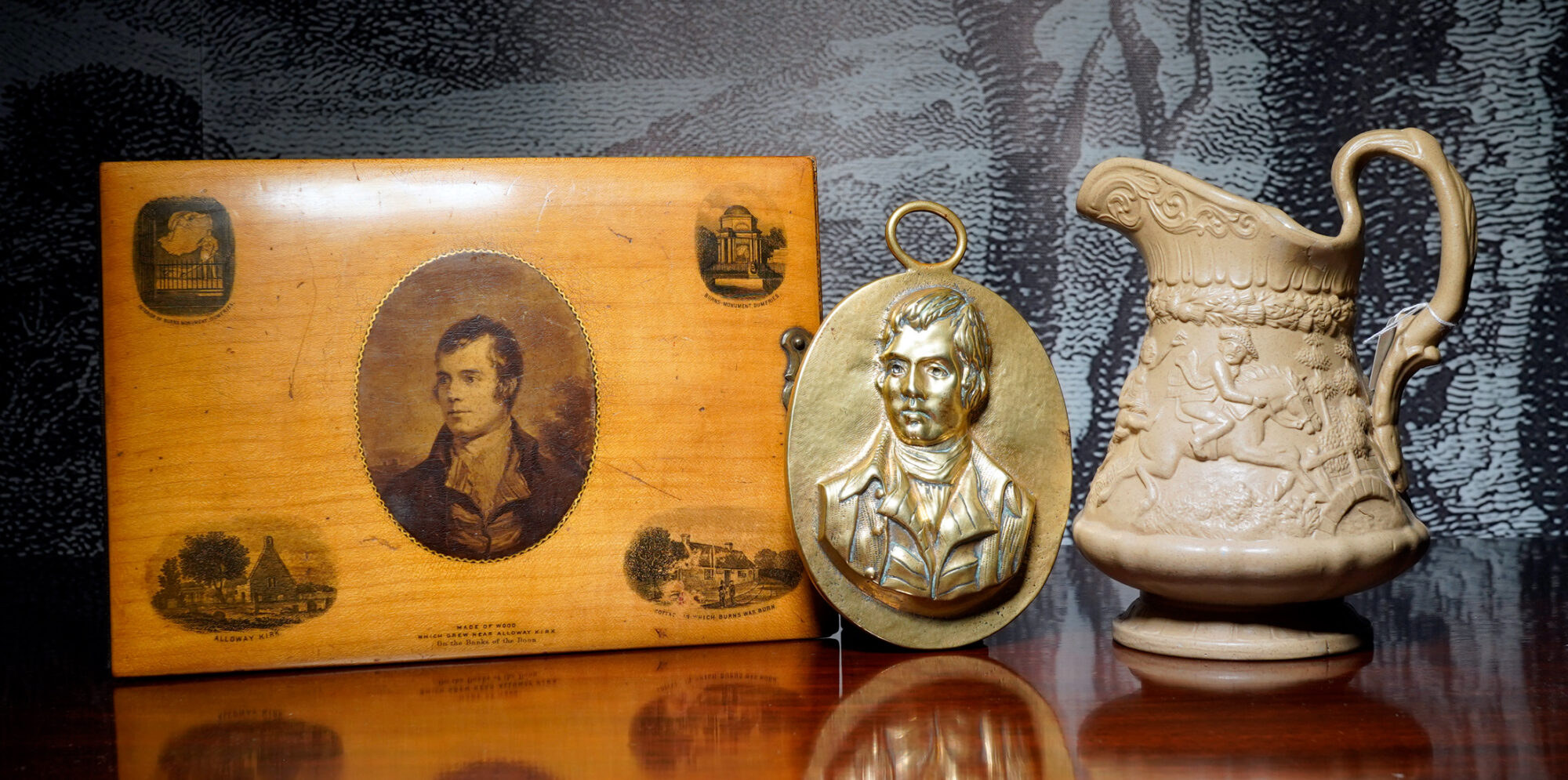
Robbie Burns was a Scottish poet and lyricist born in the 18th century. Celebrated as the national poet of Scotland, he is best remembered for his contribution to Scottish literature and culture through his heartfelt poems and songs. Burns’ works, including the iconic “Auld Lang Syne,” often showcased his keen observation of everyday life, social issues, and the beauty of nature. His ability to capture the essence of the human experience in both Scots dialect and English endeared him to generations.
-
 English Porcelain figure of ‘Johnny Souter’, seated with a drink, c. 1840$440.00 AUD
English Porcelain figure of ‘Johnny Souter’, seated with a drink, c. 1840$440.00 AUD -
 Robbie Burns oil on card, after Alexander Nasmyth, early 19th c.$440.00 AUD
Robbie Burns oil on card, after Alexander Nasmyth, early 19th c.$440.00 AUD -
 Robbie Burns Mauchline ware blotter cover, 6 Burns images, c. 1870$345.00 AUD
Robbie Burns Mauchline ware blotter cover, 6 Burns images, c. 1870$345.00 AUD -
 Large Staffordshire arbour group – Robbie Burns & Highland Mary, c. 1865$195.00 AUD
Large Staffordshire arbour group – Robbie Burns & Highland Mary, c. 1865$195.00 AUD -
 Elaborate Scottish fireside trivet, ‘Kirriemuir 1869’$645.00 AUD
Elaborate Scottish fireside trivet, ‘Kirriemuir 1869’$645.00 AUD -
 19th century brass portrait of Robbie Burns$245.00 AUD
19th century brass portrait of Robbie Burns$245.00 AUD -
 Staffordshire figure, Highland Mary, circa 1870Sold
Staffordshire figure, Highland Mary, circa 1870Sold -
 New hall plate, bat print ‘Birth Place of Robbie Burns’, c.1820$295.00 AUD
New hall plate, bat print ‘Birth Place of Robbie Burns’, c.1820$295.00 AUD -
 Scottish pottery Robbie Burns commemorative mug, inc. Mrs Burns, Jubilee Works, c.1896$245.00 AUD
Scottish pottery Robbie Burns commemorative mug, inc. Mrs Burns, Jubilee Works, c.1896$245.00 AUD -
 Victorian glass paperweight souvenir – Brig O’Doon c. 1880Sold
Victorian glass paperweight souvenir – Brig O’Doon c. 1880Sold -
 Ridgway saltglaze moulded jug, ‘Tam O’Shanter’ story, 1835$125.00 AUD
Ridgway saltglaze moulded jug, ‘Tam O’Shanter’ story, 1835$125.00 AUD
Charles Dickens (1812-70)
Charles Dickens caught the imagination of the Victorian era by depicting the grim reality of the working classes and their struggle. His characters made excellent material for the Victorian consumers, appearing on ceramics, metalwares, and endless printed material.
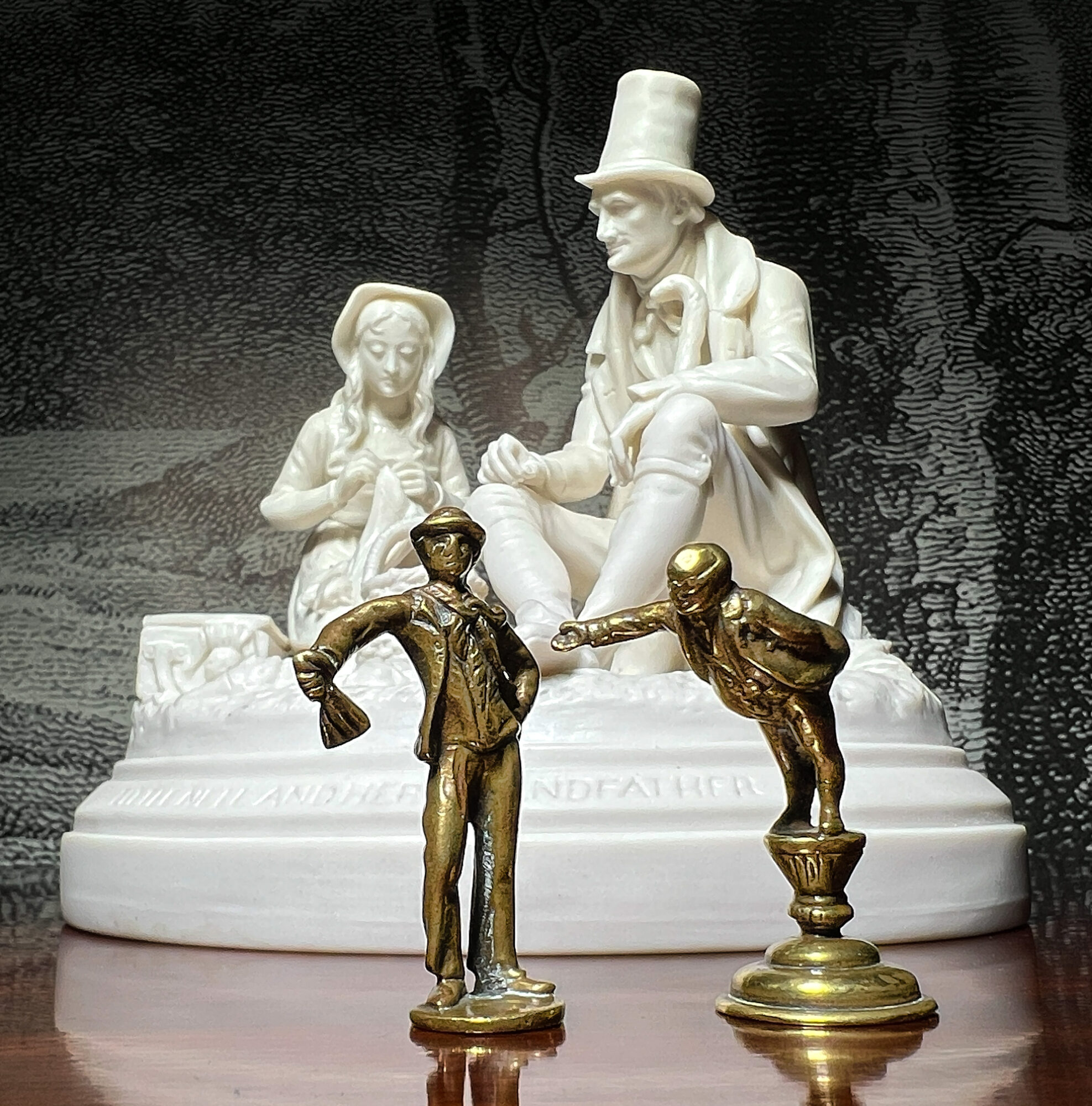
Other Theatrics
Many other playwrights and authors achieved popularity in Georgian & Victorian England, and had their own ‘products’ – or rather, all the entertainers in the Staffordshire Potteries and the Printing Press owners ignored the concept of ‘copyright’ and made their own souvenir to sell to the public. Some of the printed images are very fragile, intended for a short life-span and therefore rare survivors. Others like the Staffordshire pottery figures have lasted very well…. indeed, long after their original celebrity has been forgotten, and now it’s a challenge to work out who the image represents. Going through the definitive books on Victorian Staffordshire Figures by Harding, there are pages of unknown actors & performers…..
‘Tinsel’ theatrical prints
In the late 18th century, printing of cheap prints depicting the latest celebrity in their stage roles became popular. The theatre was the basis of entertainment for the period, as one didn’t have to be able to read to enjoy it – and the printed visual depictions revealed much about the story of the play.
In the early 19th century, this idea merged with the children’s toy world, and the idea of the ‘toy theatre’ was born. Printers produced the stage itself, suitable to cut out & mount on wood or cardboard. Some came in a pre-build form, as seen below. The characters of the popular plays were then printed, ready to be cut out – and the script of the play could then be used to re-enact the play at home – think of it as a do-it-yourself Netflix production!
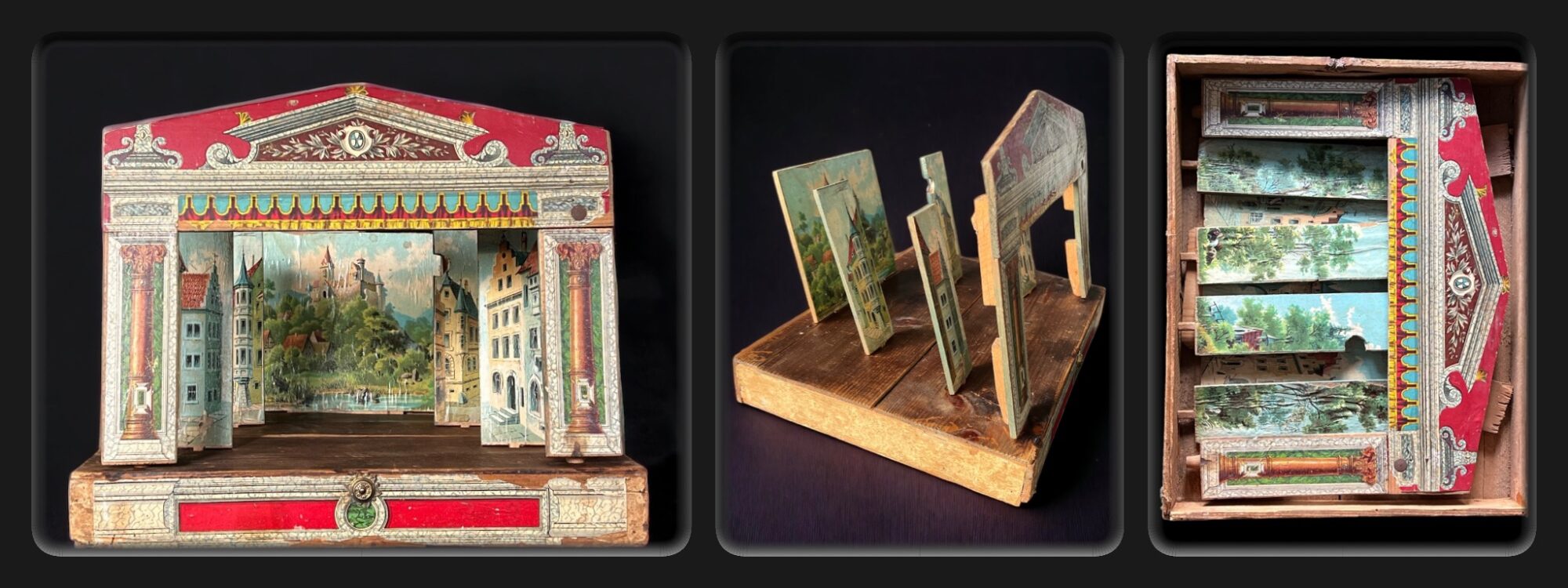
The printers made small figures suitable for cut-outs, but also larger prints depicting the characters, with small sections of backdrops behind them. They were the equivalent of a filmstar or pop-star poster for the wall today. These are generally called ‘Tinsel Pictures’ for the following reason: they were sold plain for a penny, tuppence for coloured, and intended to have an industrious child glue ‘tinsel’ (sparkly pieces of foil, beads, and pieces of bright cloth) onto the figures to beautify them. You could imagine them being a terrific present from a parent to a child at Christmas – a ‘pop-star’ of the day along with a bag of glittery tinsel to make them look pretty. The same idea is still current, with the ‘bead pictures’ being a modern day descendent.
The following pictures are ‘Tinsel’ type, although just the coloured versions without additions.
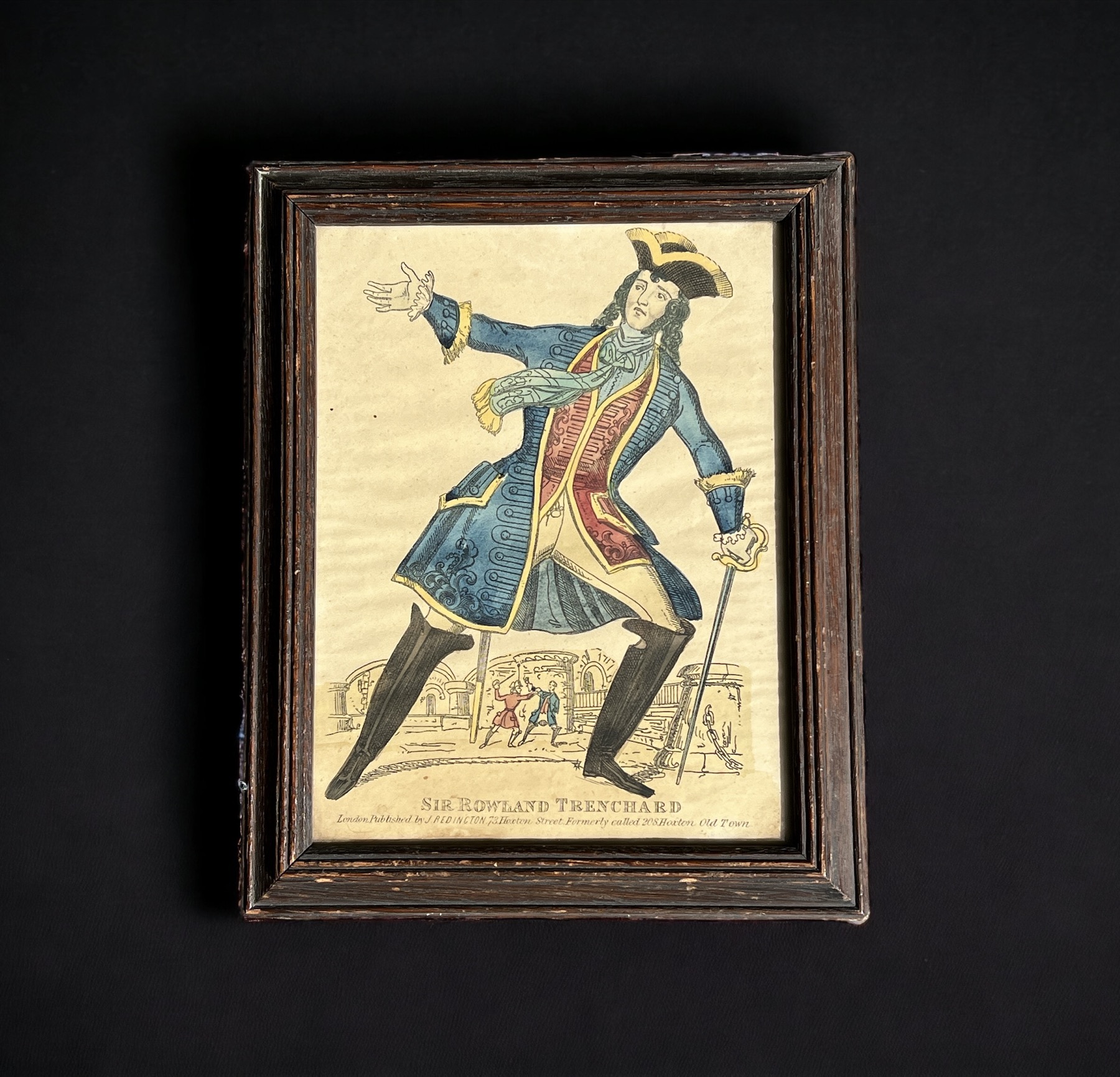
This dramatic Theatrical print depicts Sir Rowland Trenchard, a character from William Harrison Ainsworth’s novel ‘Jack Sheppard’, 1839. This was a historical romance about the 18th century celebrity-criminal, Jack Shepherd (1702-24). It’s a ‘True Crime Series‘ in today’s pop-culture lingo.
In the story, split into three periods, Trenchard comes from the central portion, where he is raising his nephew, Thames Darrell. However, he is described as ‘immoral’, and has his charge removed into the care of a Mr Wood – who also fosters the young Sheppard, thus entwining their lives in preparation for the third part, where Sheppherd hangs out with the wrong crowd and turns to a life of crime. This comes to a head when his foster-mother is murdered by one of his thief companions in a staged break-in. After multiple captures and escapes, Sheppard is finally captured and hung before a large crowd of Londoners….. roll end credits.
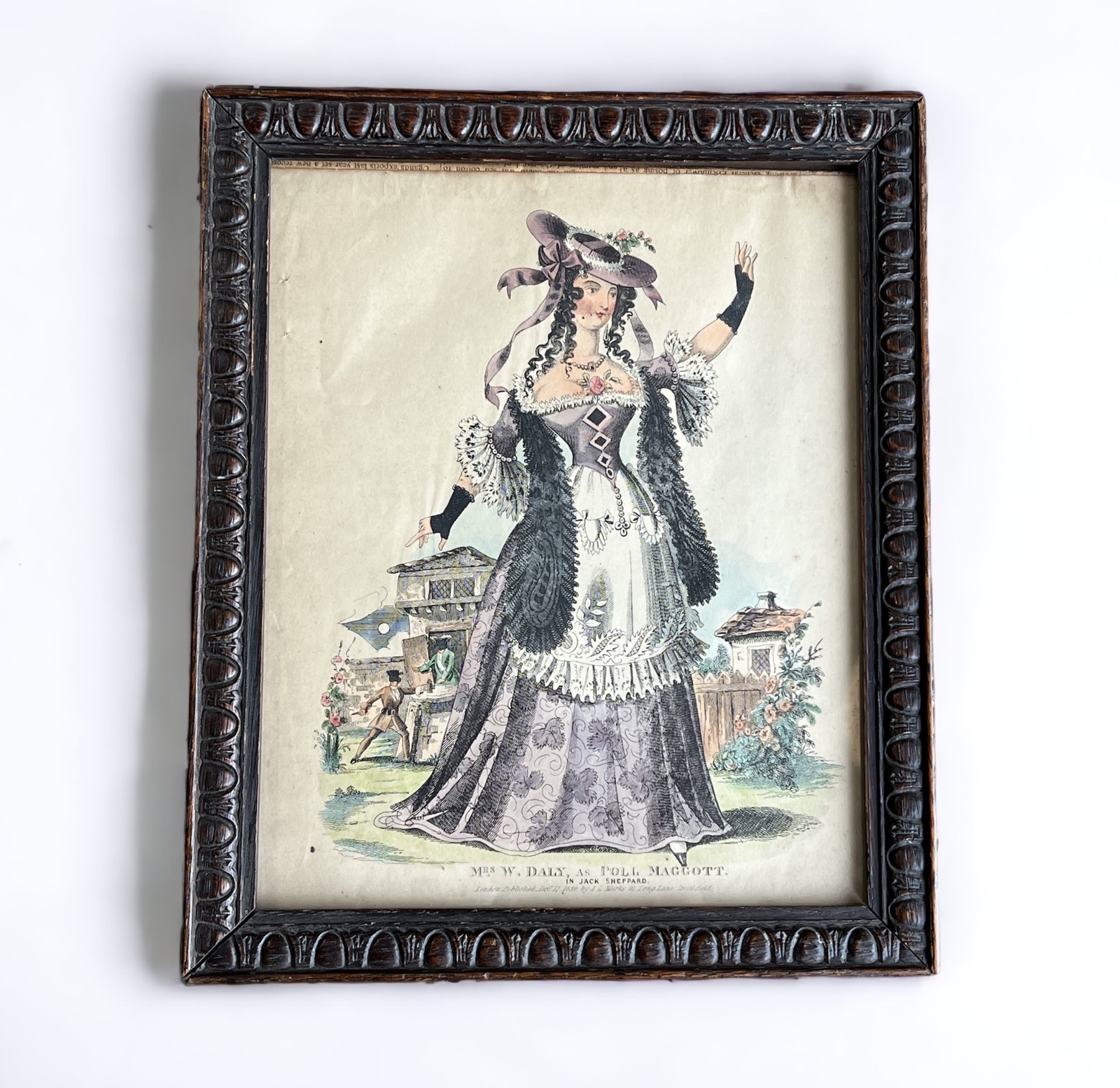
This character is Poll Maggott, also a part of the Jack Sheppard story. She’s based on the real-life Poll, who along with another girl, Bess Lyon, were responsible for edging Jack into his brief but glorious life of crime. This print has her played by Mrs W. Daly, and as it was published December 17th, 1839, it is from the original play of the story.
Jack Sheppard was published in parts in Bentley’s Miscellany from January 1839 until February 1840. Charles Dickens was Ainsworth’s friend at this stage – and the editor of Bentley’s, where he also ran his stories. However, this friendship soured rapidly after the runaway success of Jack Shepherd: while it eclipsed Dickens’ most popular novel, ‘Oliver Twist’, it wasn’t envy that drove them apart, but controversy about the values being depicted in the works. While Dickens is a great ‘moralist’, eager to balance the dark deeds of his villains with redemption, often as a tear-jerking end scene, Ainsworth was more realistic: critics condemned the ‘unredeemed crimes’ in this “evil work of popularity”, which has “now gone to its cradle in the cross-roads of literature, and should be henceforth hushed up by all who have—as so many have—a personal regard for its author”. What would these critics make of the average Netflix drama these days!
Shortly after, Dickens and Ainsworth were no longer friends – the price Ainsworth paid for his popularity. The stage play of the novel was presented right away in 1839, while the novel was still popular. It opened at London’s Adelphi Theatre – the same popular West End venue still hosting the latest shows to this day. This was the first of many shows mounted over the next few decades – but due to the controversy, and the fear of polluting the minds of vulnerable audiences and turning them to a life of crime – the Lord Chamberlain slapped a 40-year ban on the play being held in London under the well-known title! No doubt this controversy contributed to the work’s popularity, much as bans do today to a modern audience – they make greater demand to see what the controversy is about.
This print is typical of the mass-market souvenir produced for this once popular piece of pop-culture.
-
 Georgian Tinsel coloured engraving of ‘Miss Clifford as Juliet’ c.1830$295.00 AUD
Georgian Tinsel coloured engraving of ‘Miss Clifford as Juliet’ c.1830$295.00 AUD -
 Theatrical Tinsel Print of Mr Cartlitch as ‘Percy of Northumberland’ c.1830Sold
Theatrical Tinsel Print of Mr Cartlitch as ‘Percy of Northumberland’ c.1830Sold -
 Theatrical Tinsel Print of Mr Obi Smith as ‘Guy Fawkes’, published c.1822Sold
Theatrical Tinsel Print of Mr Obi Smith as ‘Guy Fawkes’, published c.1822Sold -
 Theatrical Tinsel print of Sir Rowland Trenchard, Published by J. Redington, c.1850Sold
Theatrical Tinsel print of Sir Rowland Trenchard, Published by J. Redington, c.1850Sold -
 Tinsel print of Mrs W. Daly as ‘Poll Maggott’ , published in London 1839$295.00 AUD
Tinsel print of Mrs W. Daly as ‘Poll Maggott’ , published in London 1839$295.00 AUD
Paul Pry & Lubin Log – the John Liston roles.
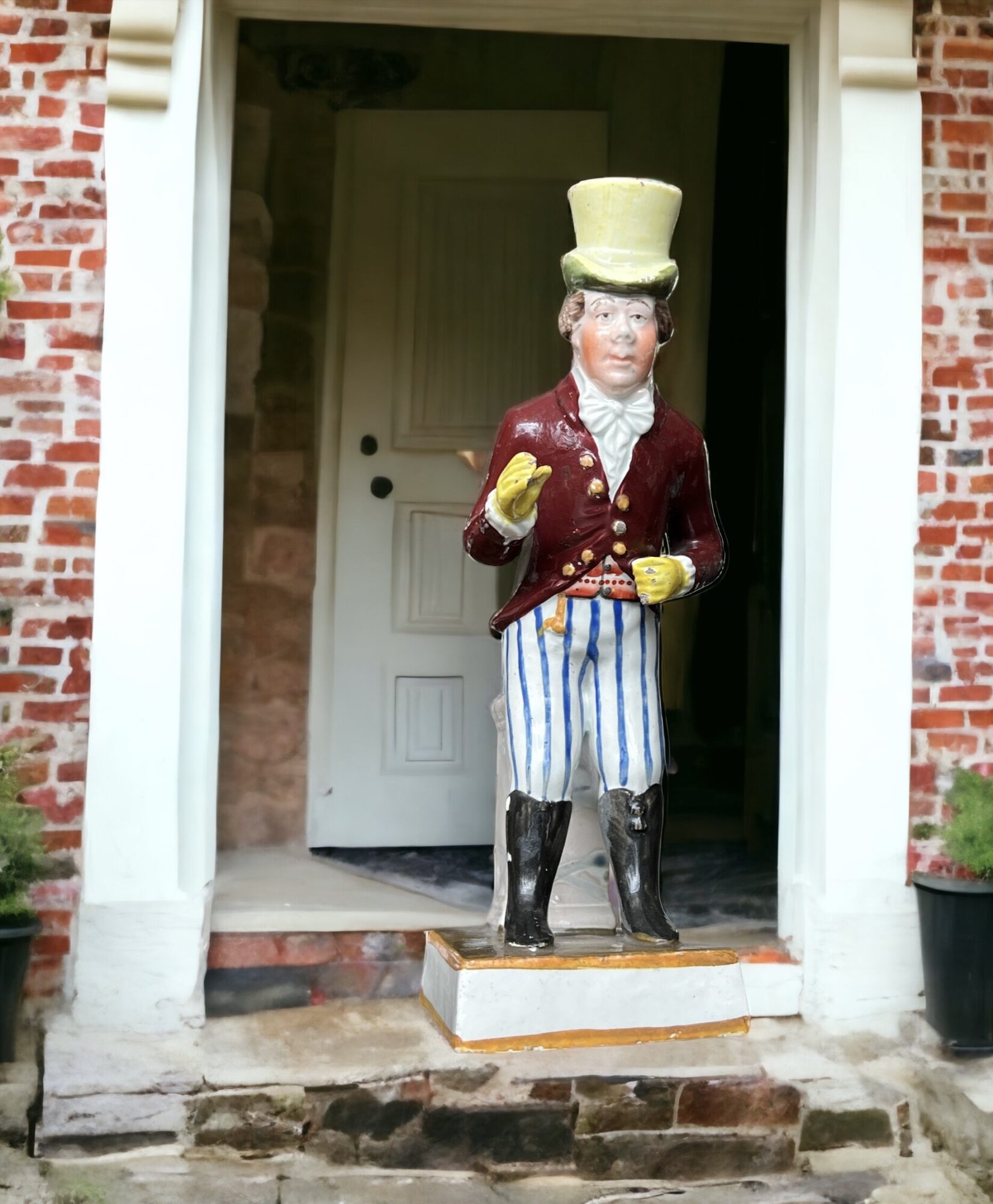
A popular Georgian stage character was ‘Paul Pry’. As his name implies, he was a busy-body, always prying into other people’s business. A favourite technique to snoop was to leave a coat or hat behind when leaving from a visit, then calling back to collect it without the supervision of the host. John Liston was a stage celebrity of the early 19th century, and he played the part of Paul Pry to great reviews.
See our Paul Pry figure here >
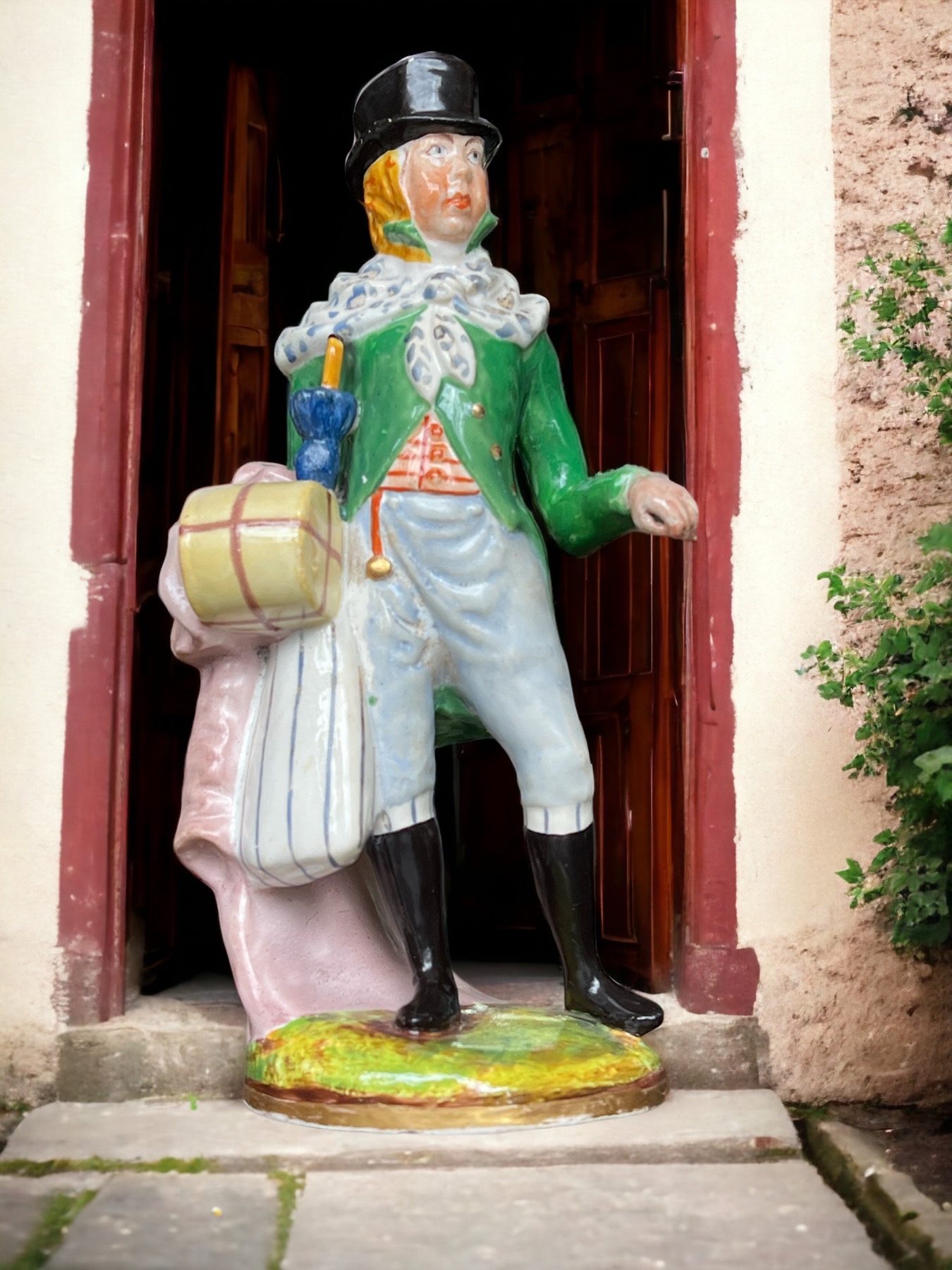
Another early 19th century Staffordshire figure of a character/actor is often also labeled ‘Paul Pry’ – but Myrna Schkolne (of www.mystaffordshirefigures.com) argues that this is not correct: the busy-body character of ‘Paul Pry’ is well depicted in the first figure, but in this character there is a different personality. He’s almost sneering, definitely arrogant, and seems to carry a hatbox, parasol, and elaborate ladies coat…. Rather, it’s the upstart cockney ‘Lubin Log’, recently ‘come into money’ and out shopping so he can impress a lady – who naturally doesn’t want to have anything to do with him. This is the plot of ‘Love, Law and Physic‘ written by James Kenney in 1812.
See the Lubin Log figure here >
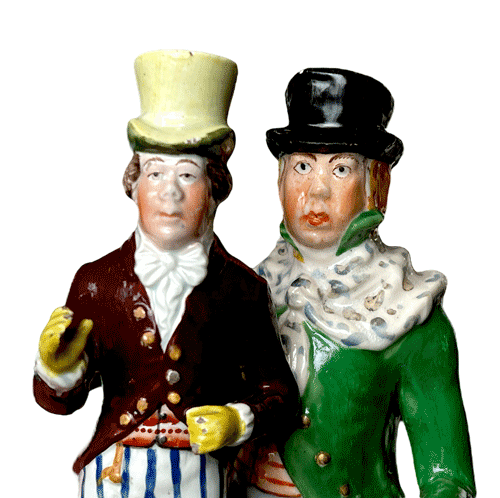
The one thing binding these two interesting figures together is that the actor John Liston played both parts in their different plays. If you look at the face of both, there’s a similarity.
John Wesley (1703-91)

Another ‘pop-culture’ theme involves the religious characters, chief of who was the English evangelist, Wesley. His independent Methodist theology was wildly popular both during his lifetime, and after he died – indeed, he’s still well regarded today.
His first sermon was a date to be commemorated: the 1739 – 1839 Centenary was a moment recorded in a wide range of pieces.
